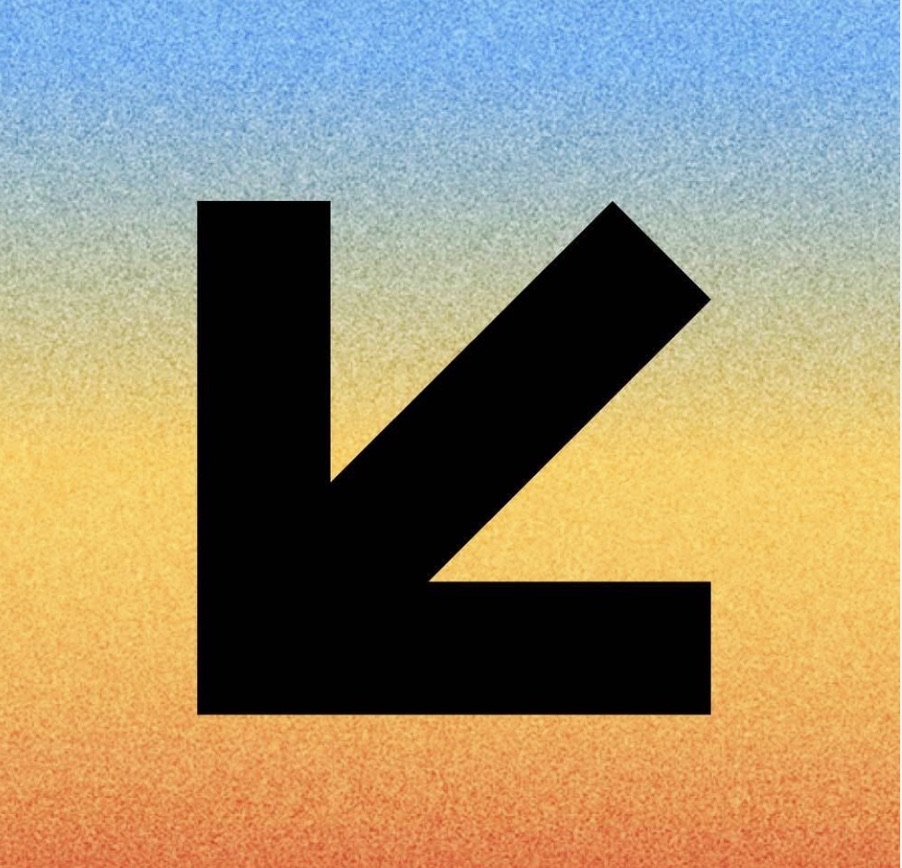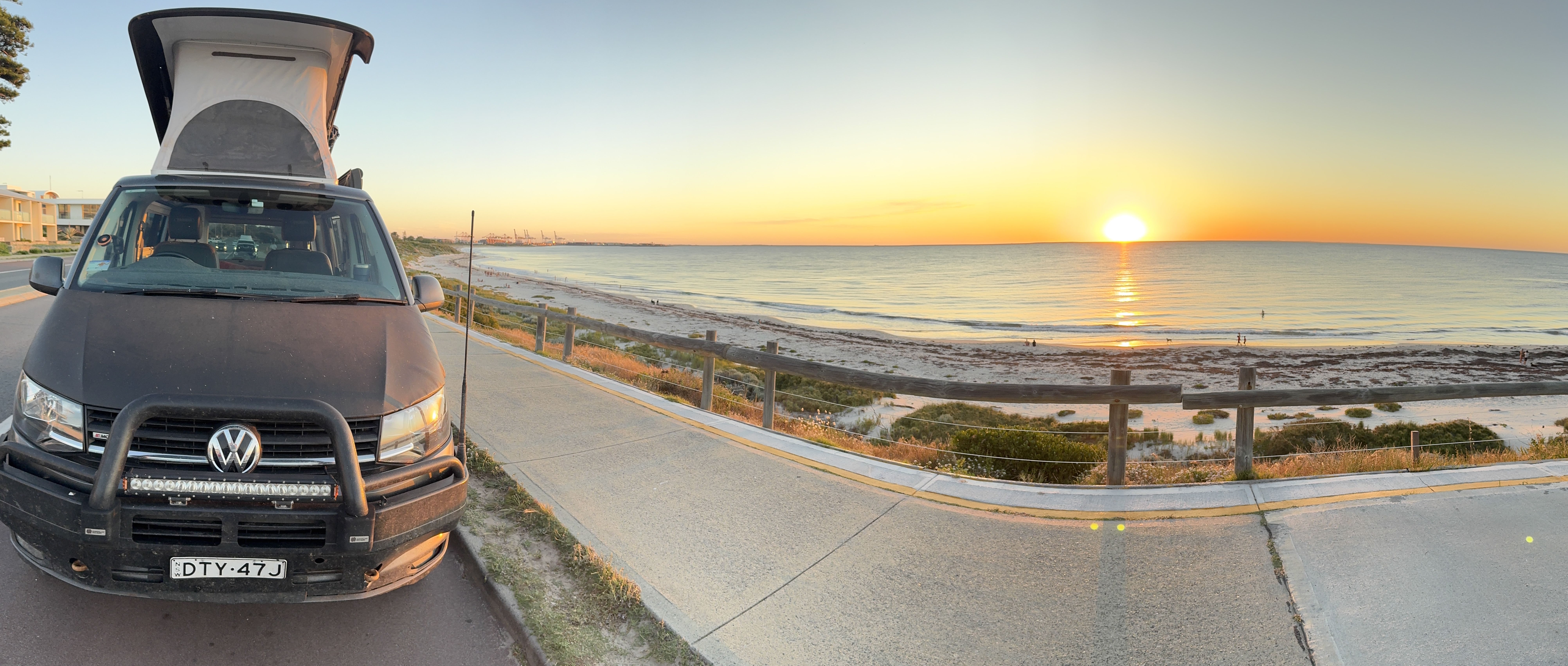
Be careful what you wish for, after travelling by myself for all but the last three weeks I was looking forward to flying solo again, but the truth is I’d got use to having company and it felt a bit strange to be traveling by myself again.
After dropping Richard at Learmonth airport I set sail for Carnarvon, a pretty uninteresting 330km stretch of road leading to an equally uninteresting town that has obviously seen better, and worse days!
Carnarvon is located on the estuary of the Gascoyne River and like all of the west’s great rivers; the Fitzroy, Fortescue and Murchison they are bone dry now but will be raging torrents when the wet arrives later in the year. Surprisingly I learnt that while these rivers look dry now there is actually a subterranean river flowing just below the surface and it’s this groundwater that supports agricultural in these arid places. In its hay day Carnarvon was a major port exporting wool and meat but like some of the other forgotten places like Wyndham and Derby these towns have been overtaken by the newer mining ports to the north and Carnarvon has been left to lament it’s past glories, and tragedies.
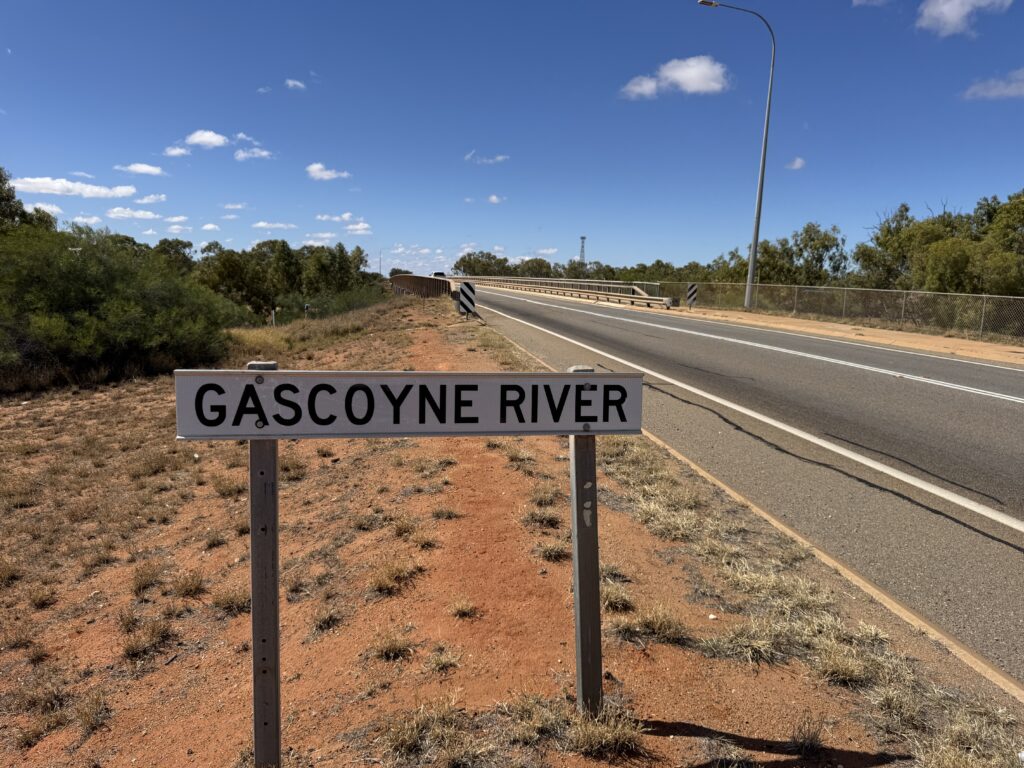
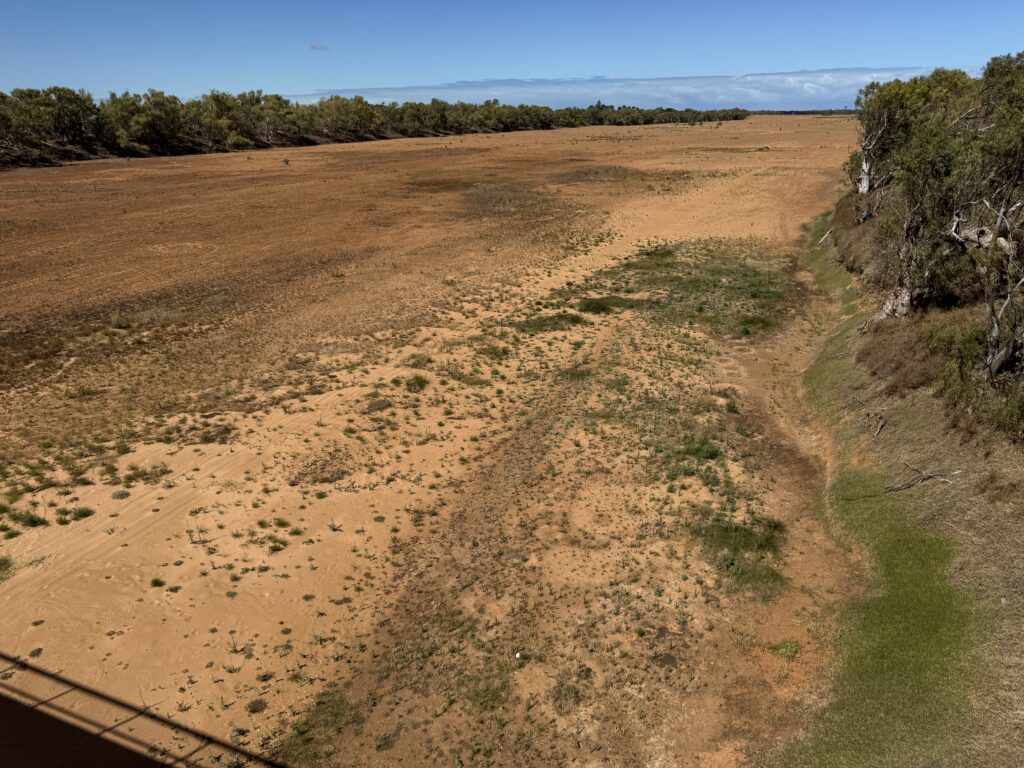



One of which isn’t the sinking of the HMAS Sydney II which happened due east of Point Quabba, 50km north of Carnarvon, on 19/11/1941. This was the single greatest loss of the Second World War and of such magnitude the government chose to keep this secret for 12 days while they considered ways to manage the damage to our national psyche. In what proved to be a zero sum game the HMAS Sydney II and the German raider Kormoran engaged in a fierce naval battle that ultimately destroyed both ships, the tragic difference being that all 645 sailors on the Sydney were lost while 316 of a crew of 399 on the Germans survived and were the only witnesses to what had happened. The whereabouts of these ships remained a mystery until March 2008 when their final resting place was discovered and a small stone cairn was erected at the closet point on land, due east of where these ships and their crews forever lie.
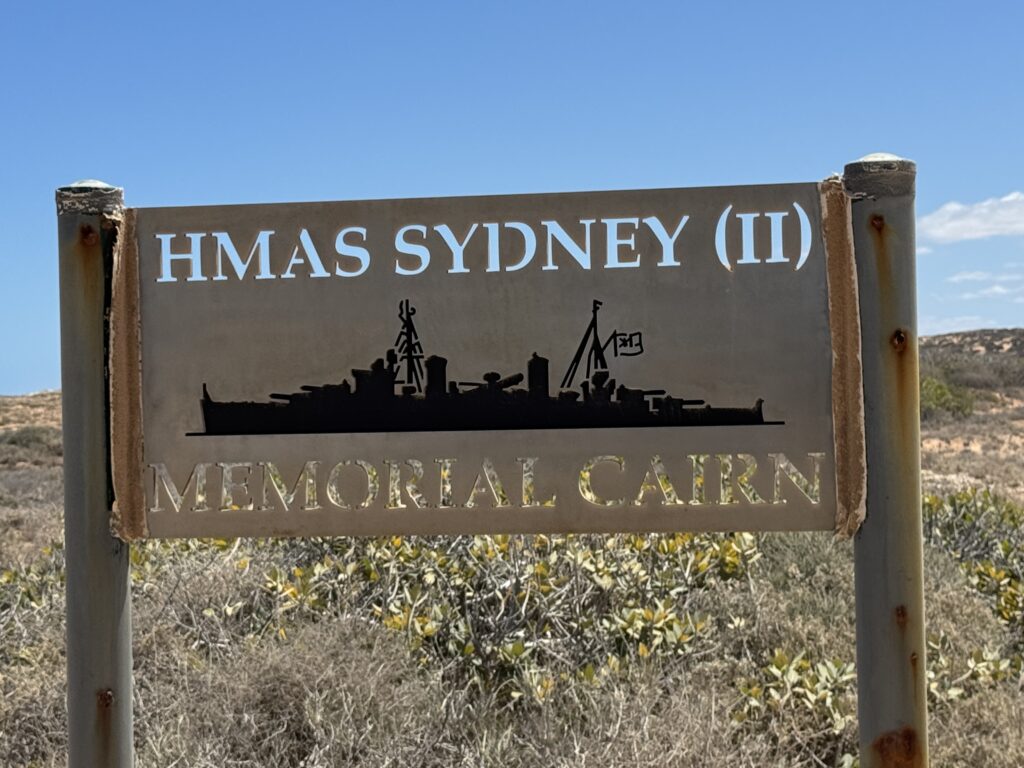
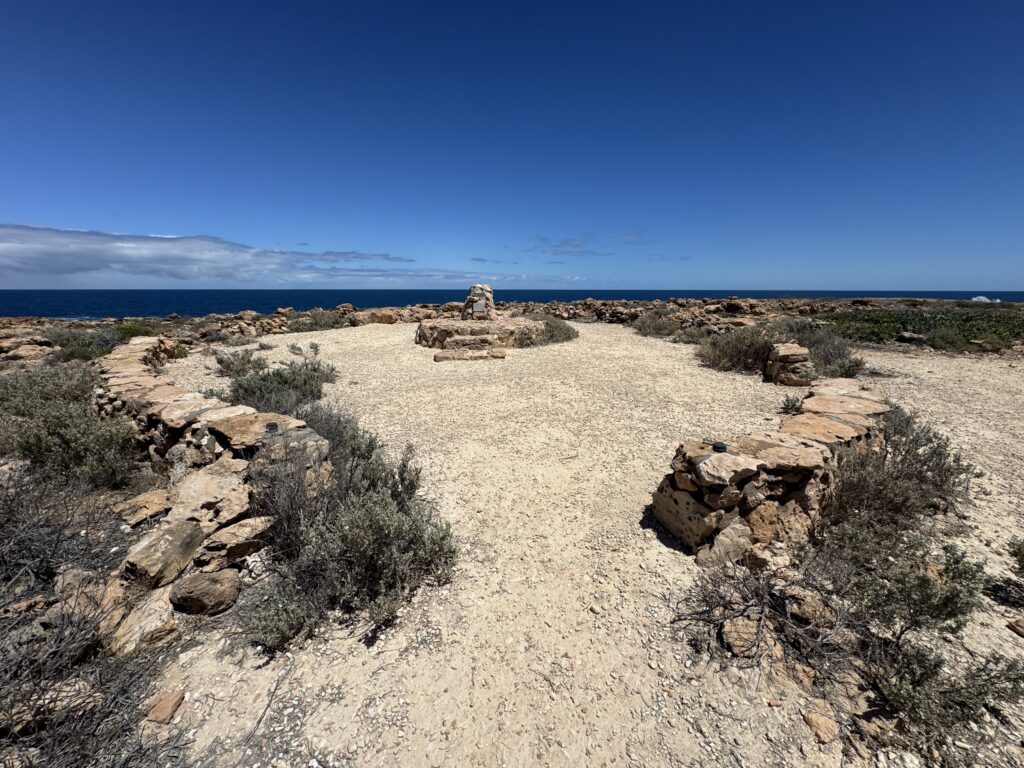
Maybe due to the proximity of these ghosts of the past or for some other unknown reason there seems to be an erie vibe around Quabba Point. Even before you get there the approach across a 20 km of featureless salt plain creates a sense of weirdness and foreboding… you’re then greeted by a large and intimidating sign that reads “King Waves Kill”, then there’s the blowhole that huffs and puffs and seems to randomly eject water high into the air, against the backdrop of a lonely lighthouse high on the only hill within cooee. All in all a strange and unnerving place.
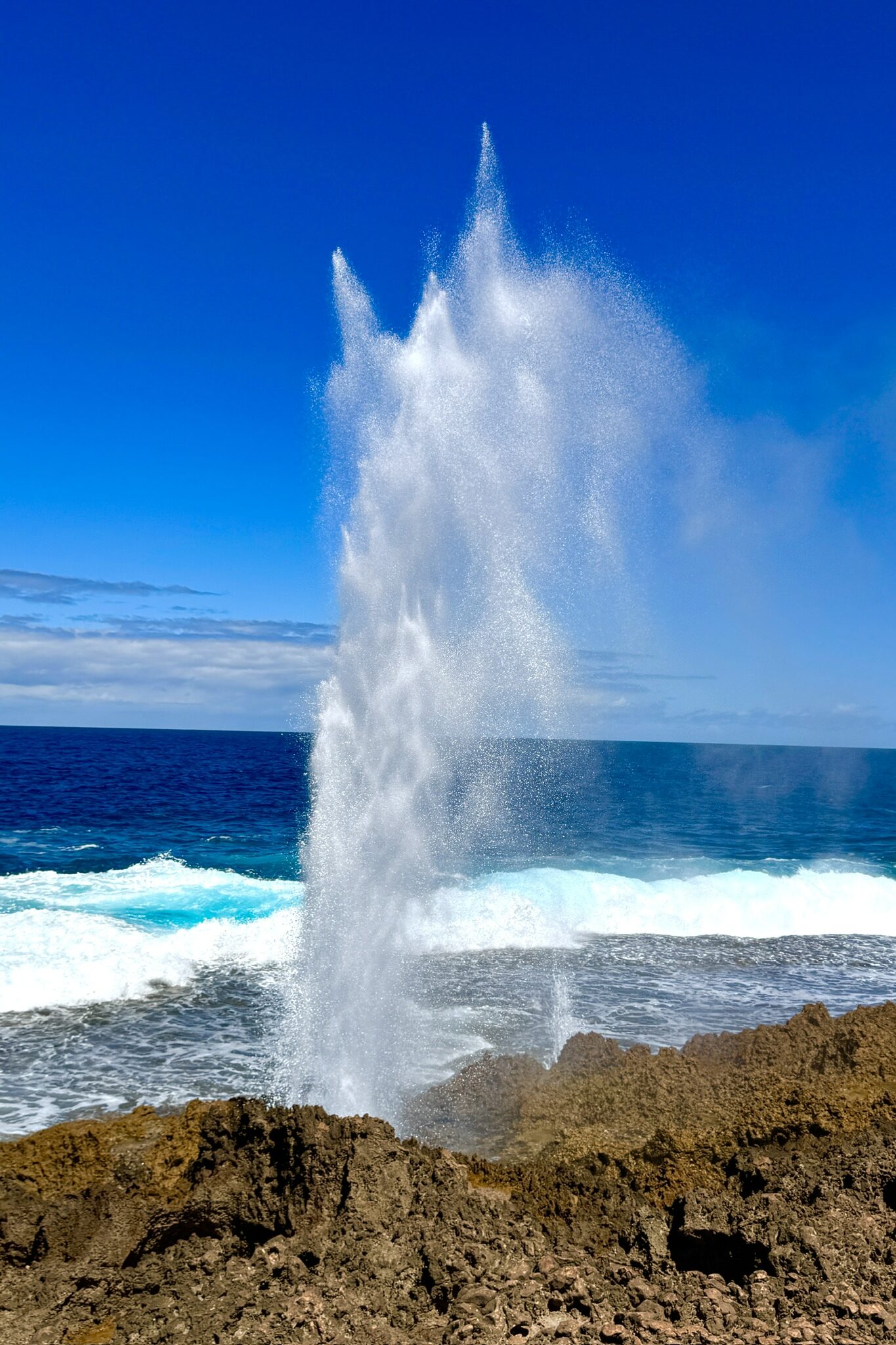
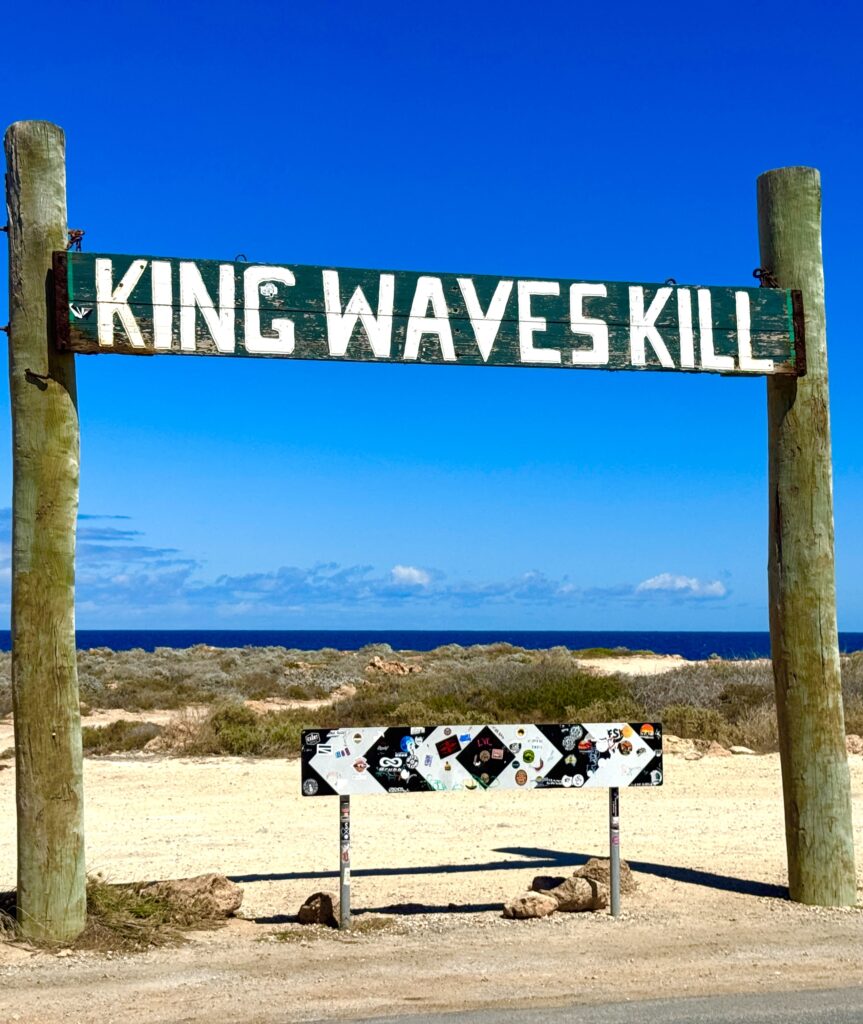
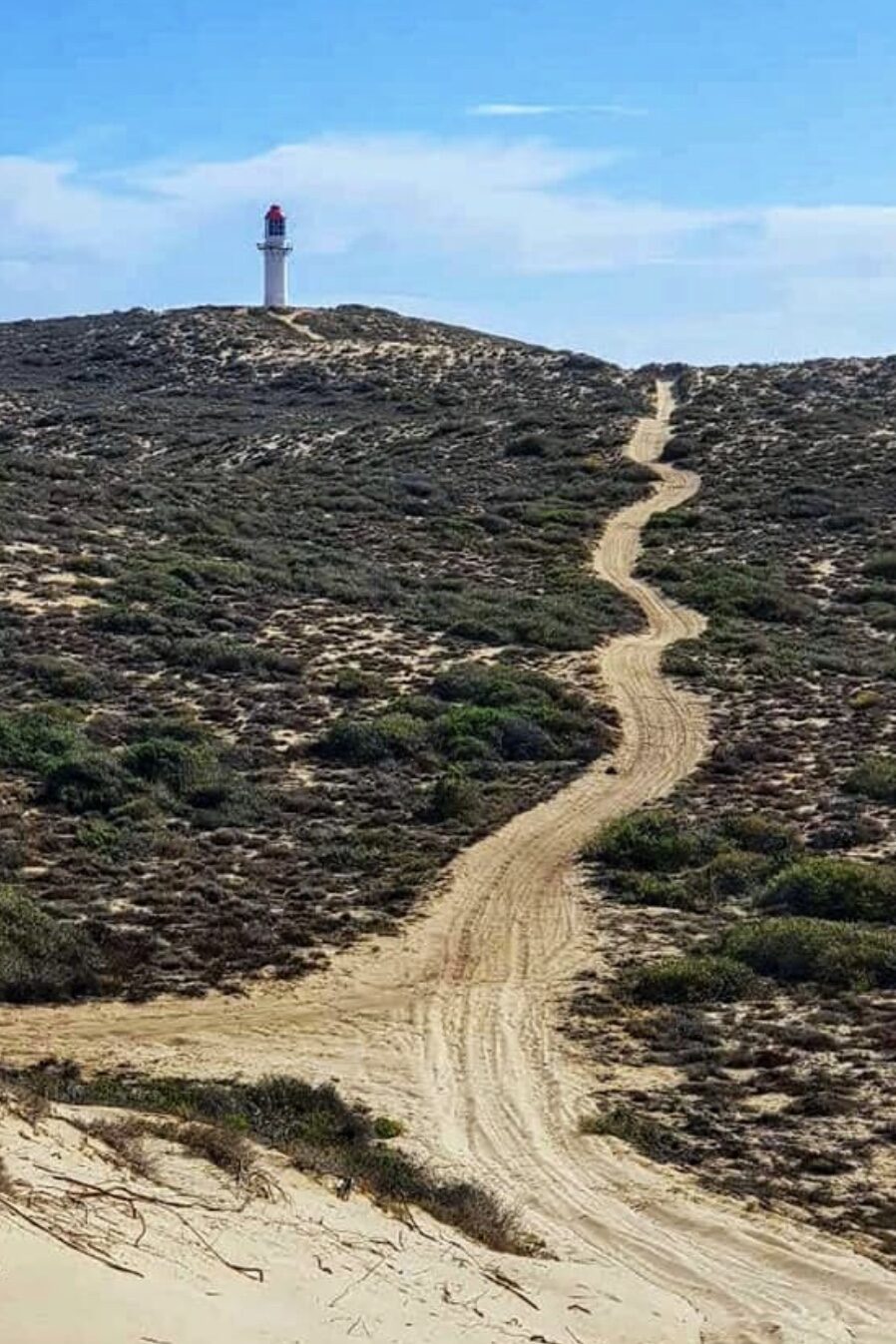
On a brighter note I was amazed to discover that Carnarvon had an important role in all of the Apollo missions including the most famous #11 that saw Neil Armstrong and Buzz Aldrin land on the moon on 20th July, 1969. This was unknown to me as was the existence of the excellent Space Museum which proved to be trip down memory lane, a reminder of how far technology has advanced since the late ’60’s and yet we still haven’t been able to land a man on the moon in the intervening 50 years! A room full of computers that have less computing power than an iPhone, the lunar module made out of alfoil and a replica of the Saturn 5 command module that bought the astronauts back to earth and is smaller than a mini-minor. It was amazing to be able to lie in this replica and experience the countdown from an astronauts perspective and you couldn’t help marvel at the primitive technology, the level of risk and the out and out bravery of those early space pioneers. Evidently Buzz Aldrin came to Carnarvon in 2012 to open the Space Museum, I suspect he may have found similarities there with his visit to the moon!


predominantly made of alfoil!
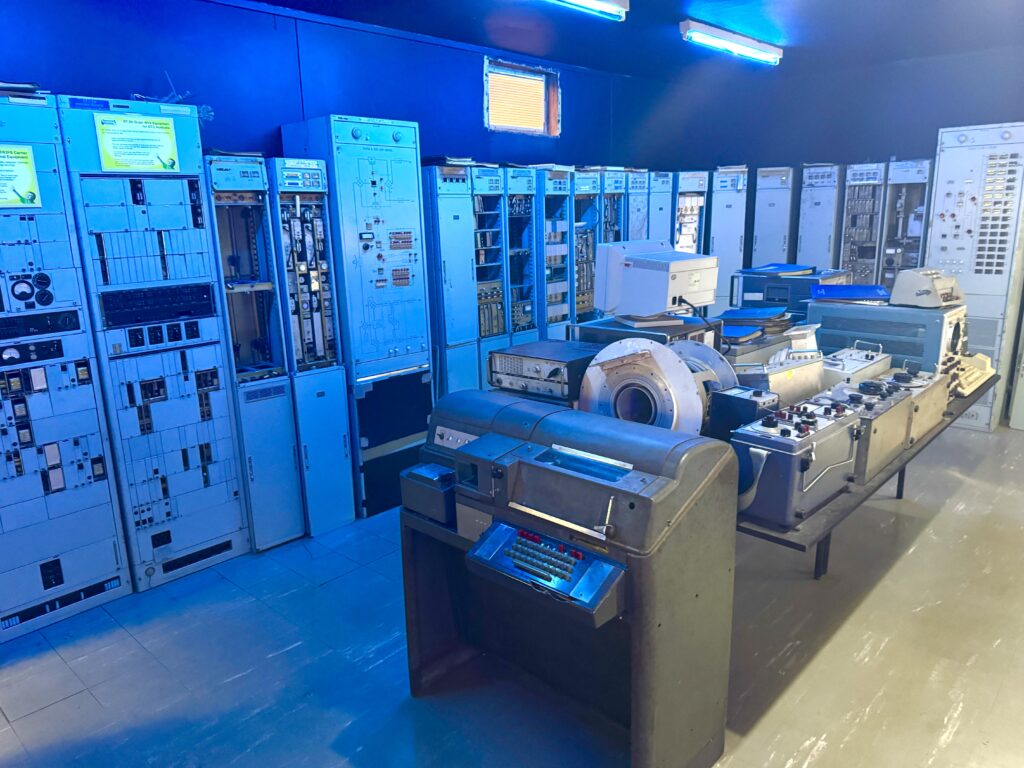
and more, in your iPhone!
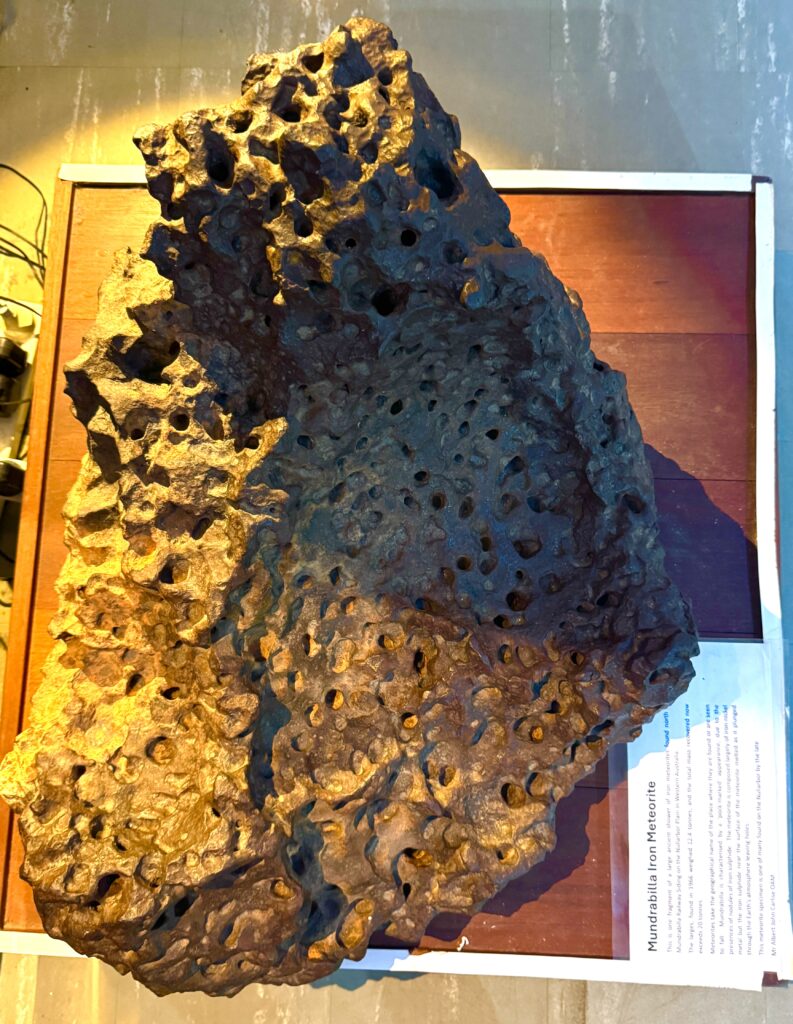
even this small piece was unbelievably heavy.
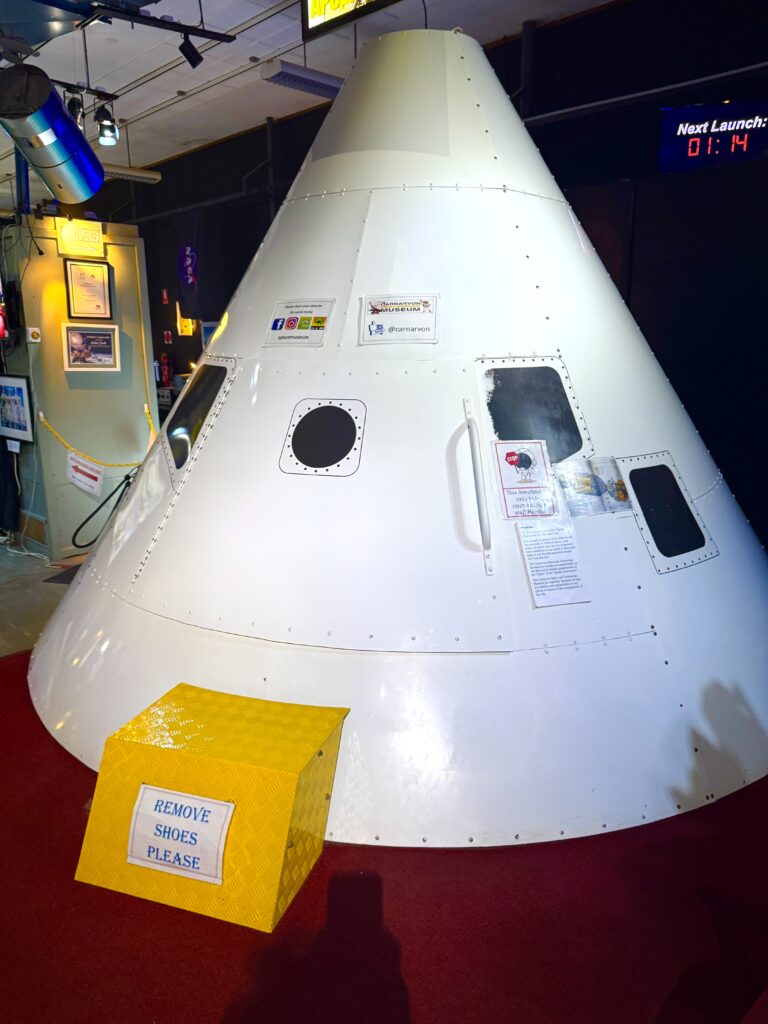
A further 350 kms down the road was the Shark Bay World Heritage area, including the famous Monkey Mia and it’s dolphins, but my interest lay further westward. Cape Inscription is at the northern tip of Dirk Hartog Island and is the westernmost point of Australia (although technically it’s an island) and the lighthouse there marks the fourth and final cardinal point on my journey.
Cape Inscription got its name from the pewter plate that Hartog left there on 25th October, 1616 with an inscription scratched into its surface recording the fact that he was the first European to ever set foot on the long speculated “South Land”.
Unfortunately, once again my attempt to reach this remote lighthouse was thwarted by the fact the only company running tours to the lighthouse had suspended operations due to equipment failure! Maybe I’ll come back another day when I can afford a chopper to this and a few other locations I couldn’t access this time around!
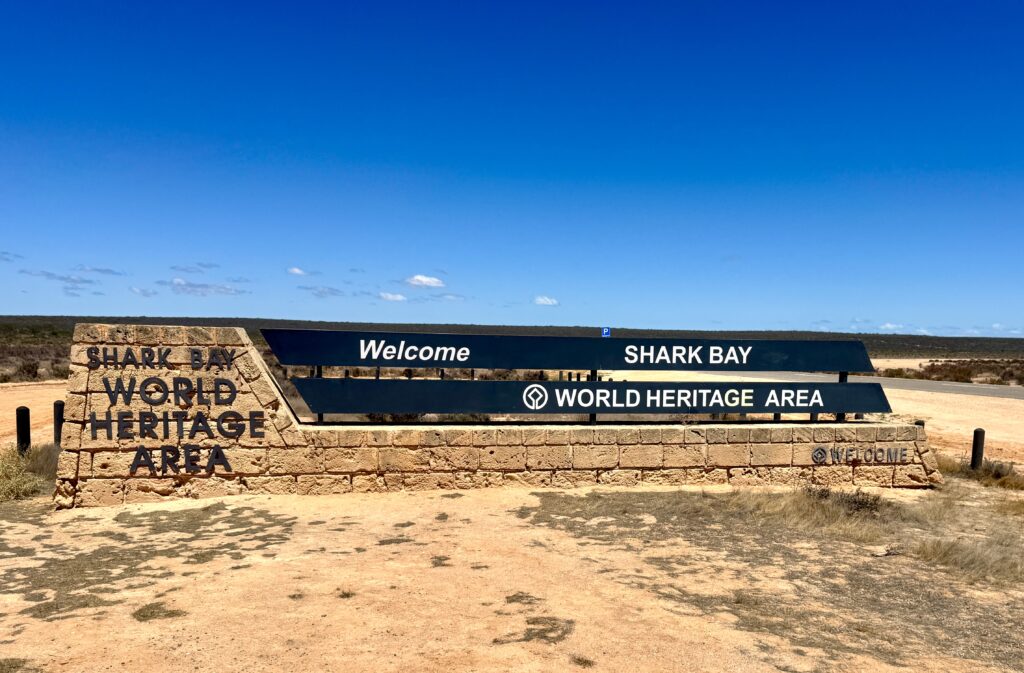
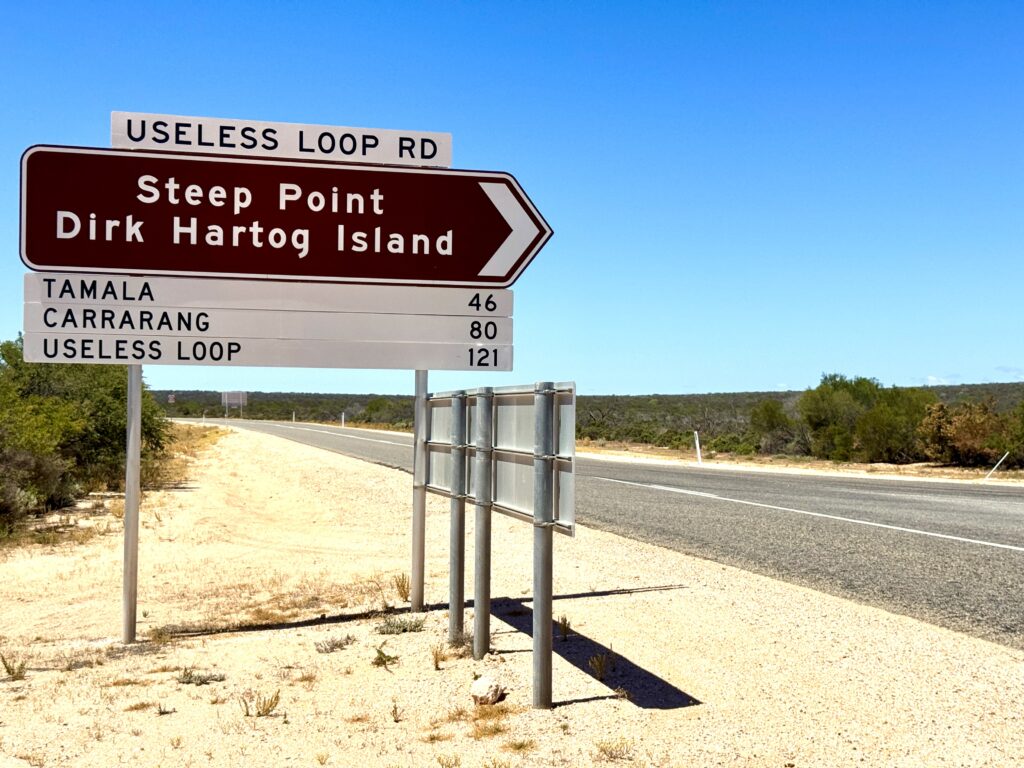
Of course, like everyone else in these parts I visited Monkey Mia and despite the fact it’s overly commercialised it was gratifying that the dolphins didn’t turn up on time and seemed to be playing their own game of cat and mouse by turning up an hour after everyone else had left! Luckily for me I hung around was rewarded with what felt like a very personal experience, a couple of curious dolphins turned up and seemed to be as interested in us as we were in them. I have to say making eye contact with wild dolphin is very special and whether real or imaginary you can feel the connection.I hope everyone else enjoyed their breakfast!
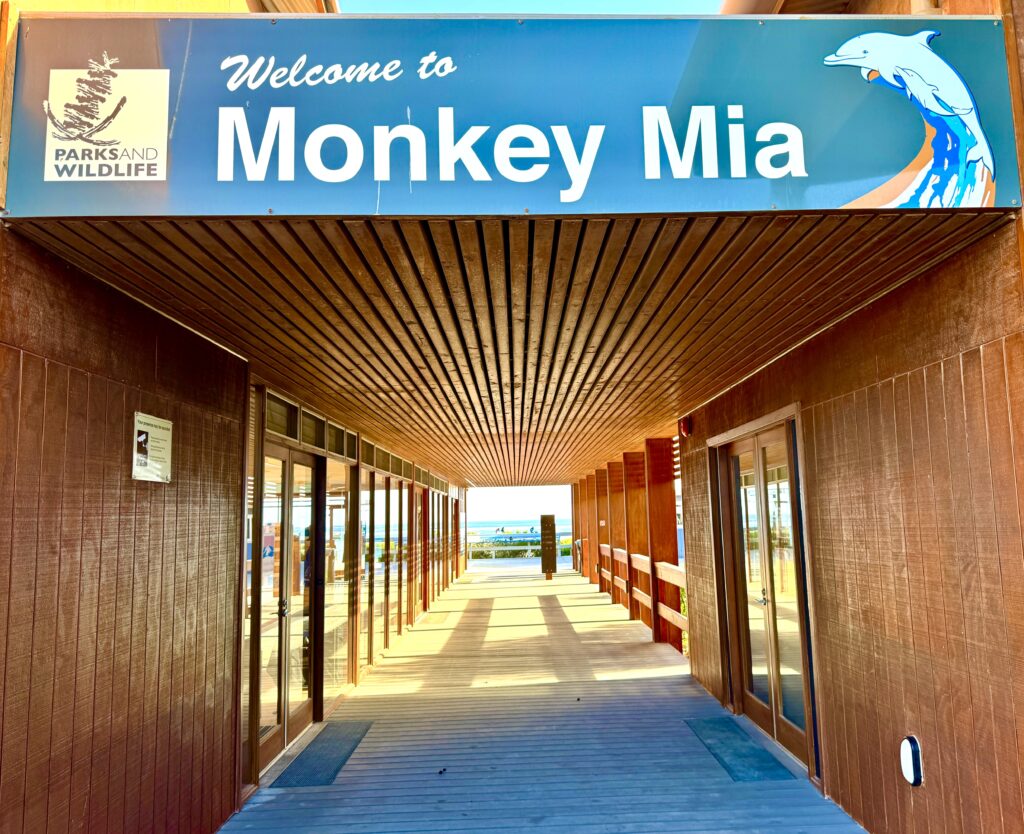


Knowing I couldn’t better this experience I checked out of Monkey Mia and headed for nearby Denham (a.k.a. Shark Bay) which features Australia’s most westerly pub, an excellent museum and lot’s of friendly emu’s who seem to have the run of the town. In addition to the wild and friendly animals Shark Bay is a strikingly beautiful place, the colours are so vibrant – blues, greens, reds and whites; the landscape is harsh but seems so fragile and the distant horizon really does make you feel like you’re standing at the edge of the World.
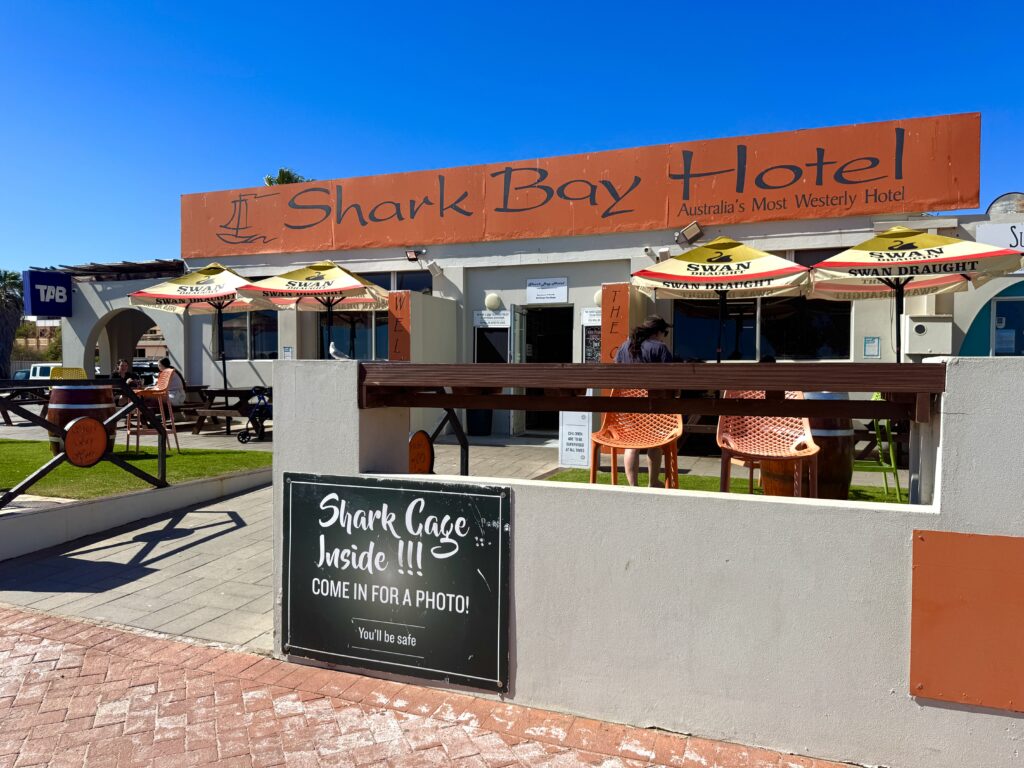
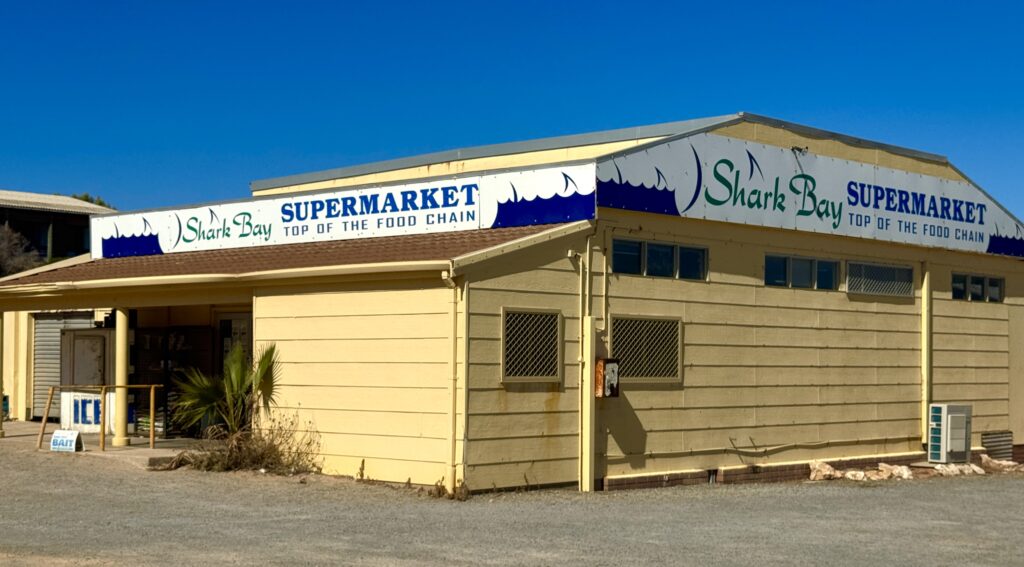
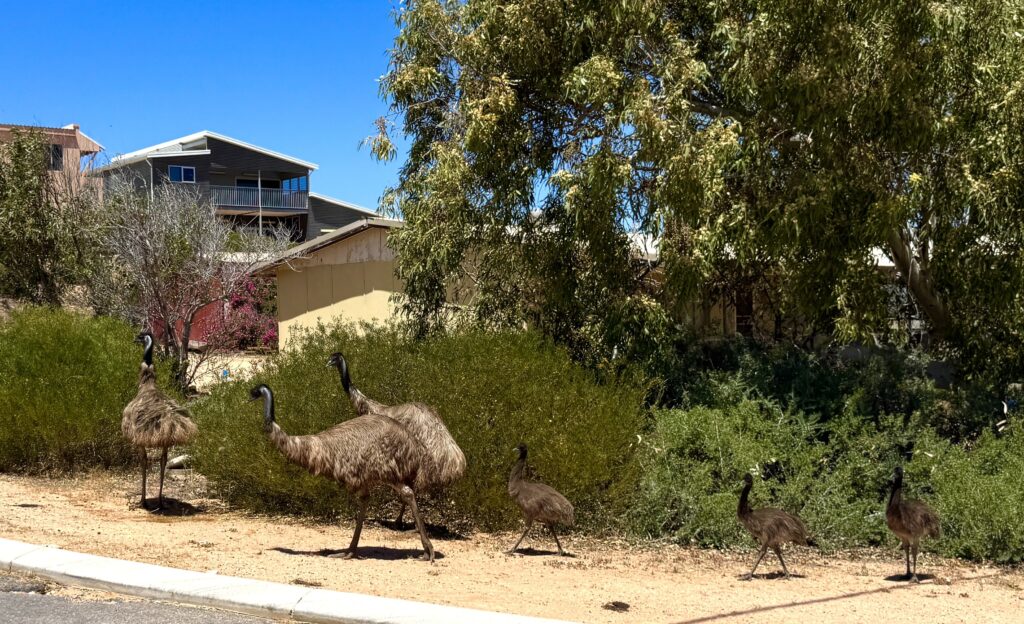
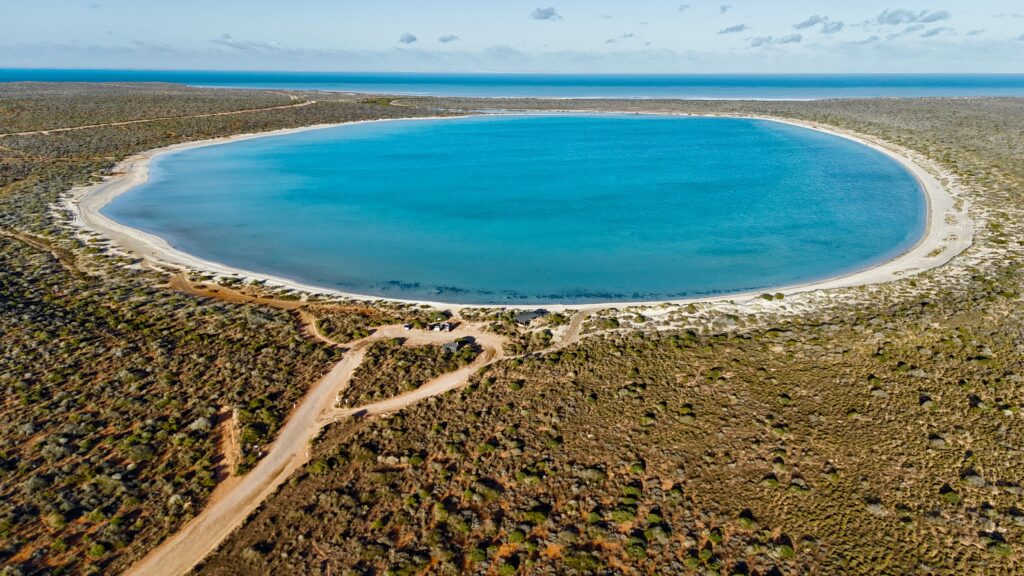

Remarkably the stromatolites at Hamelin Pool are the oldest living things on earth and have been carbon dated to be at least 7,000 years old and the algae they feed on is up to 300,000 years old! If there’s one thing this trip has done it’s given me a whole new perspective on time, and all of a sudden turning 70 doesn’t seem that old!
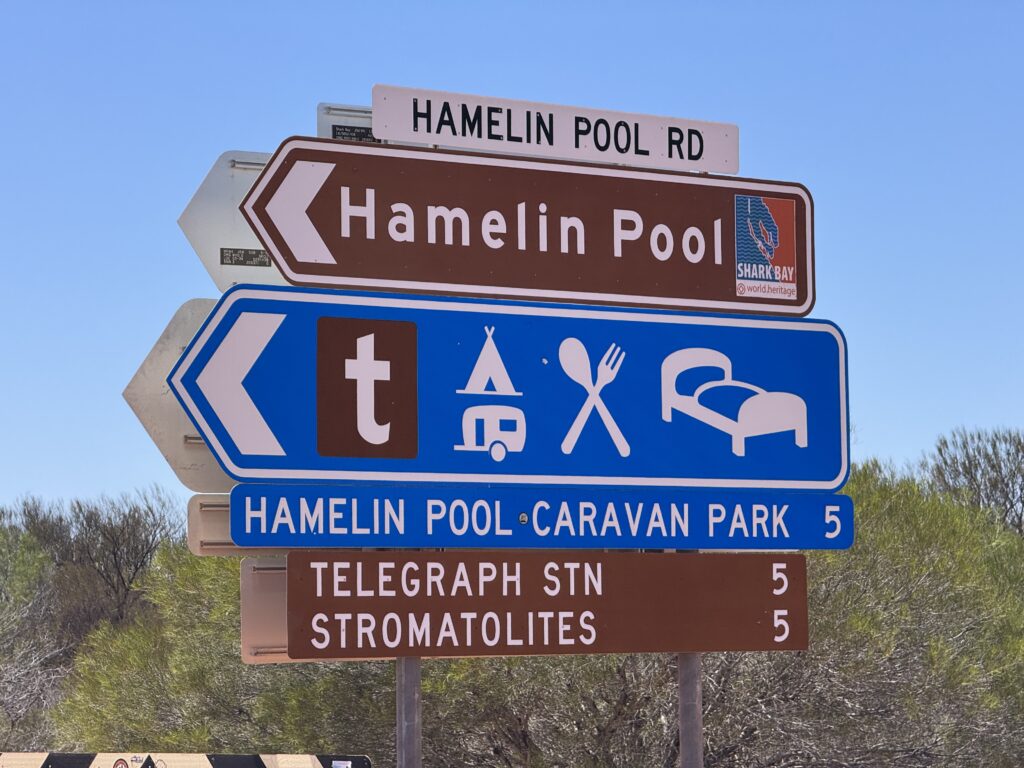

Another thing you learn in WA is to redefine distance, my next destination was only 400kms down the road! Kalbarri is renowned as one of Australia’s best and most dangerous surfing spots in Australia and the memorial to two surfers who paid the ultimate price at Jake’s Point is a sobering reminder. The surf wasn’t big the day I visited but it was easy to see how heavy it would be with some size to it.
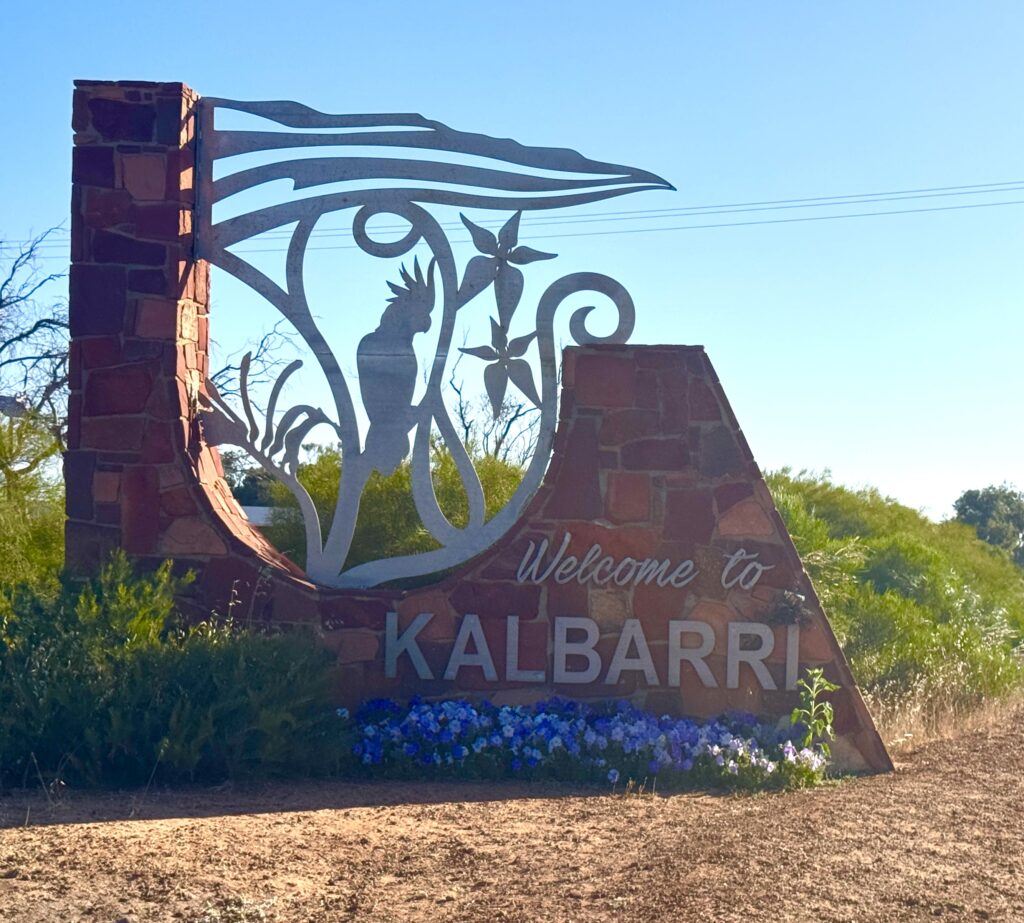
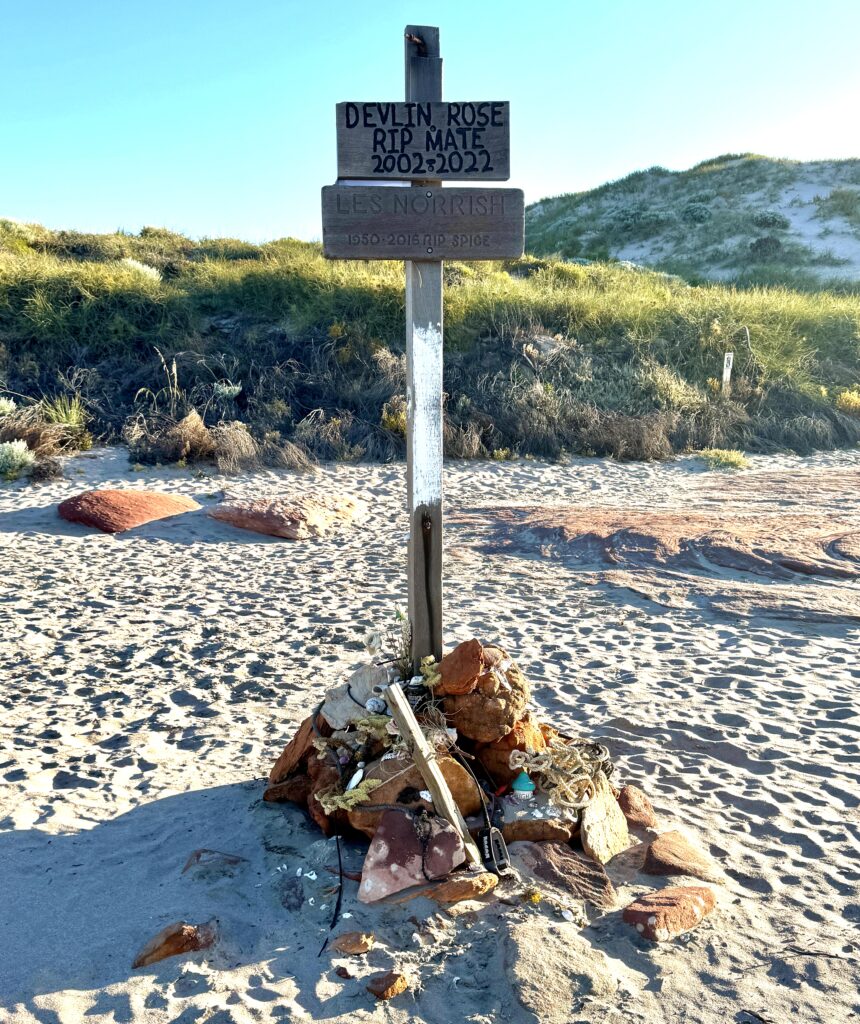
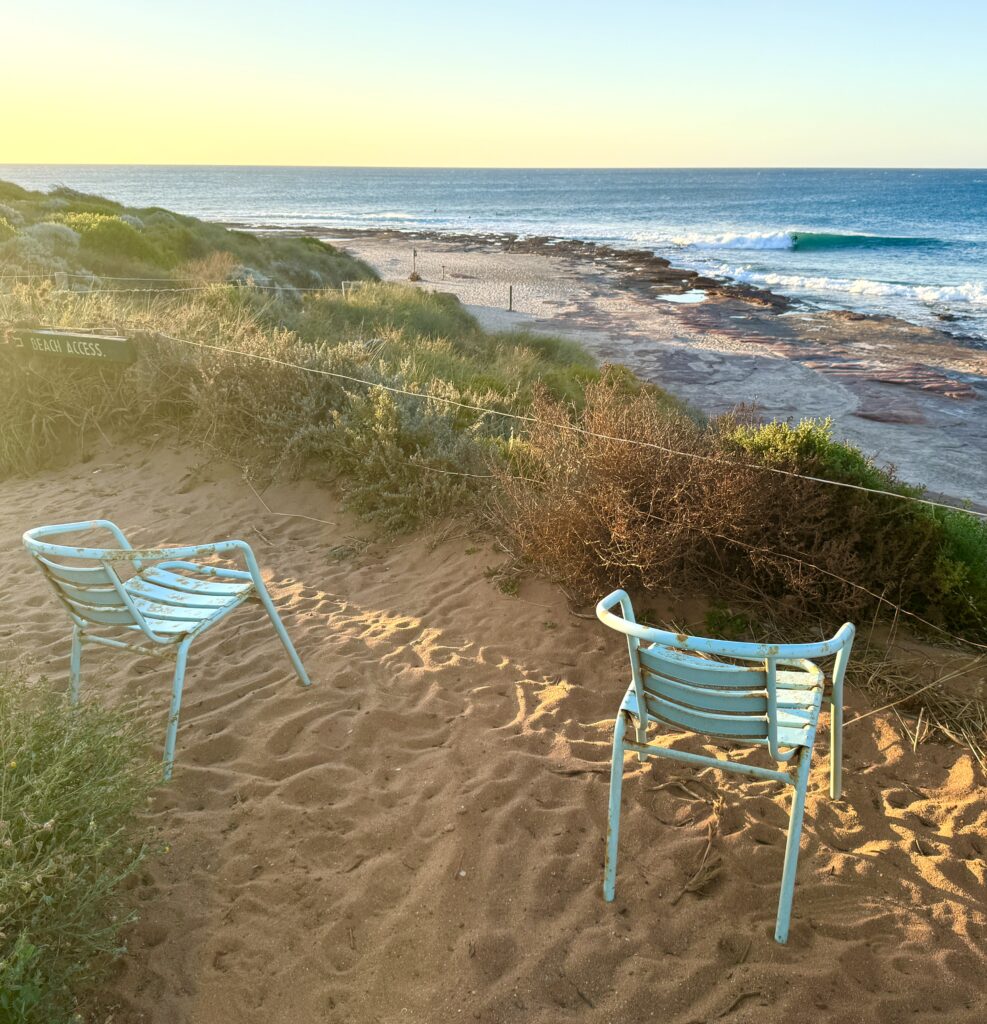
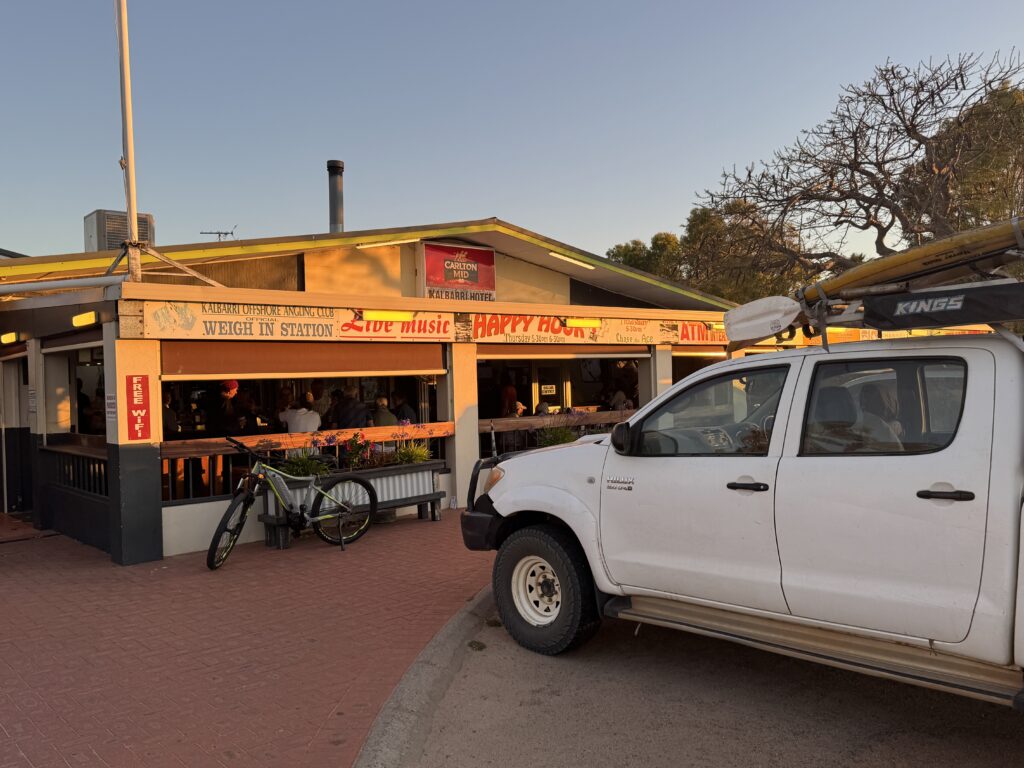

What I didn’t know before I visited was the astonishing landscape that surrounds the town, the incredible Murchison River gorges with the hairraising cantilevered “Skybridge” that makes you feel like you’re walking on air, the sand blasted sculpted rocks surrounding Nature’s Window and the dramatic barron red cliffs along the coast which showcase the rawness and power of where the outback collides with the Indian Ocean.
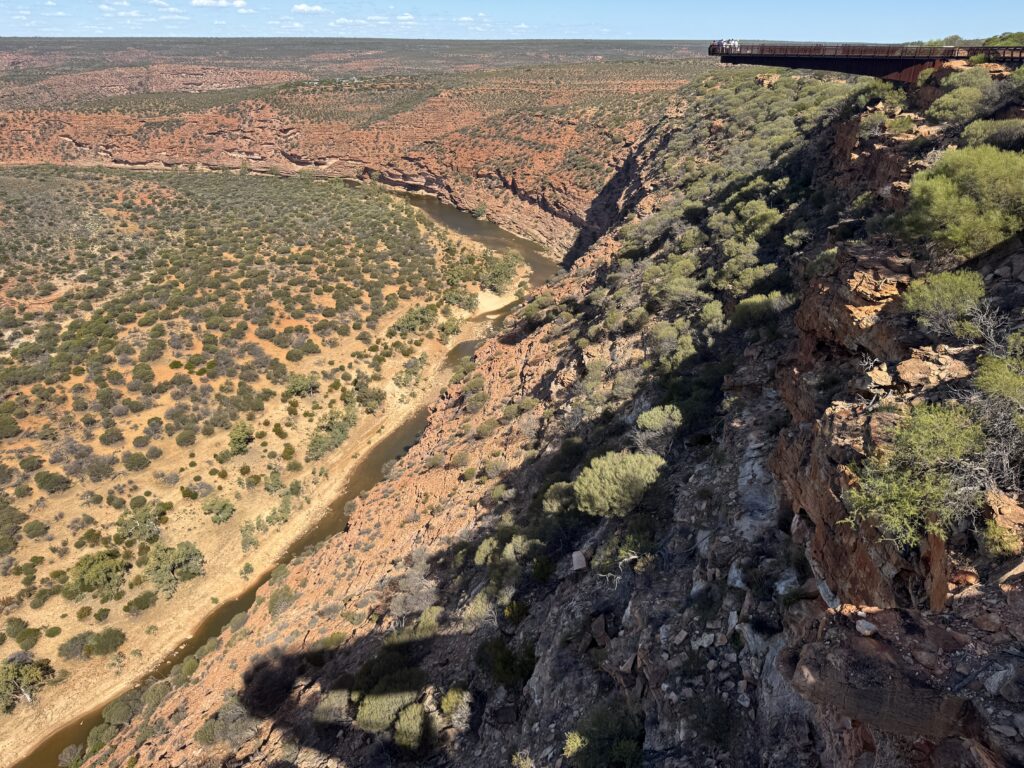
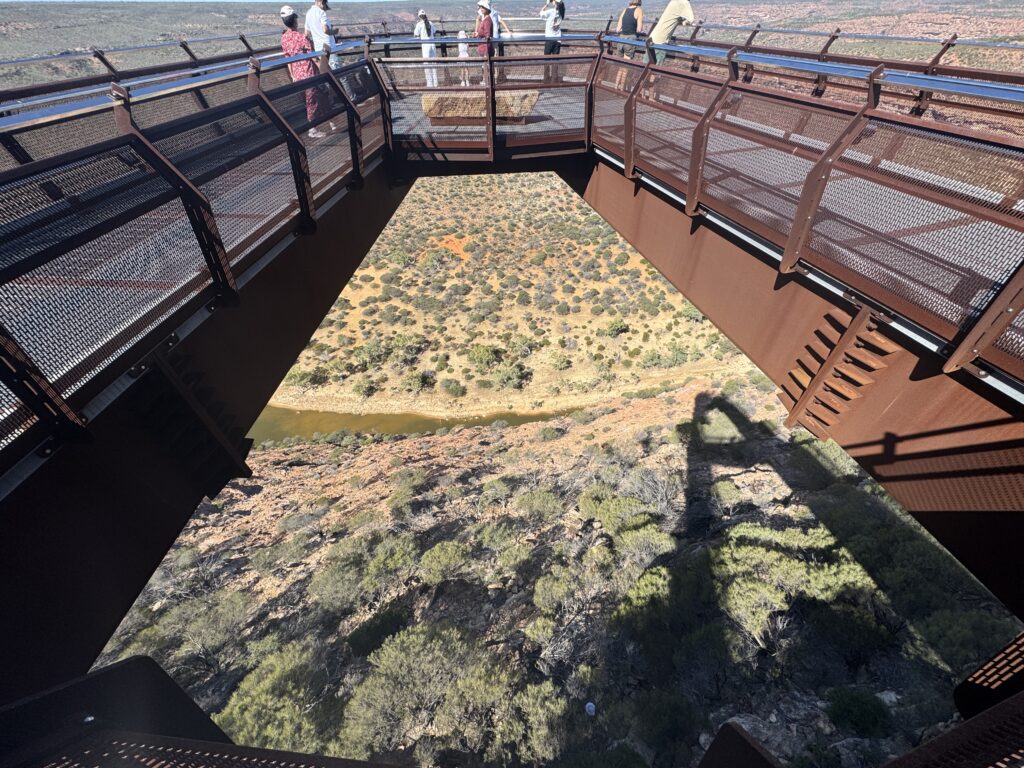



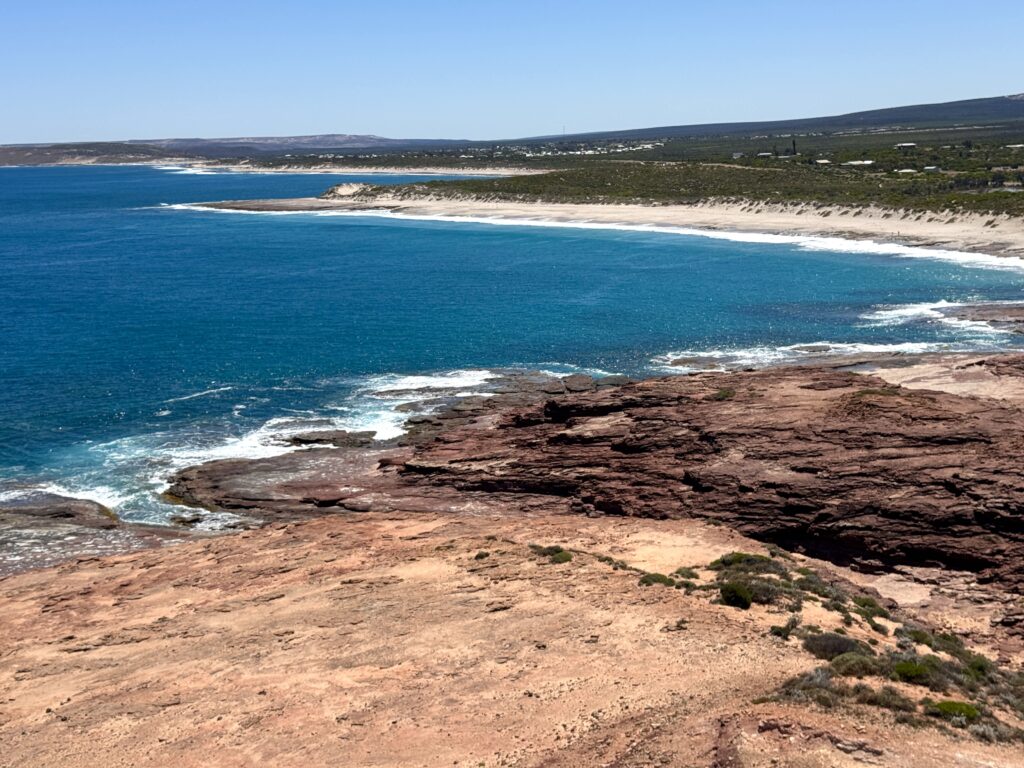
After overnighting in Kalbarri I followed the coast road south passing the bizarre pink lake at Hutt Lagoon and tried to find any remnants of the equally bizarre Hutt River Provence which I remembered fondly from the time I was at school and it made the news. I thought what a great idea, if you didn’t like the laws of the land you simply declared independence and make your own rules, a very appealing thought for a 15 y.o. schoolboy!
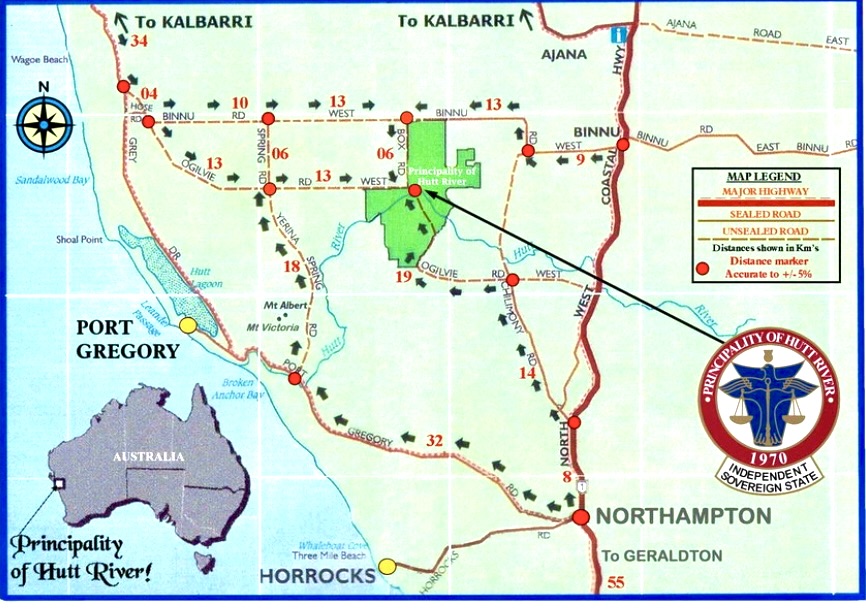

The Principality of Hutt River was a self-proclaimed micro-nation founded by Leonard Casley (aka Prince Leonard) who seceded his 75 sq km wheat farm from Australia on 21/4/1970 and declared independence over a dispute relating to wheat quotas. Whilst never formally recognised by other countries Hutt River Province existed for over 50 years until 3/8/2020 when a combination of COVID lock downs and a large unpaid tax bill resulted in it being officially dissolved and rejoining Australia. During its existence it created its own currency, stamps, passports and had it’s own government a resident population of 23 and prospered as a tourist destination and wheat farm. Sadly Hutt River Province no longer exists but hats off to the late Prince Leonard, his wife Princess Shirley and their son and heir Prince Graeme.
https://www.watoday.com.au/national/end-of-an-empire-hutt-river-to-rejoin-australia-after-50-years-20200803-p55i1u.html
Arriving in Geraldton on dusk I had time to visit the Point Moore lighthouse and was sorry to discover that there were no recitals scheduled for the Lighthouse Orchestra, a group of locals who’ve discovered the excellent acoustics of this cast iron lighthouse. I also noticed that one of Max’s back tyres was needing replacement

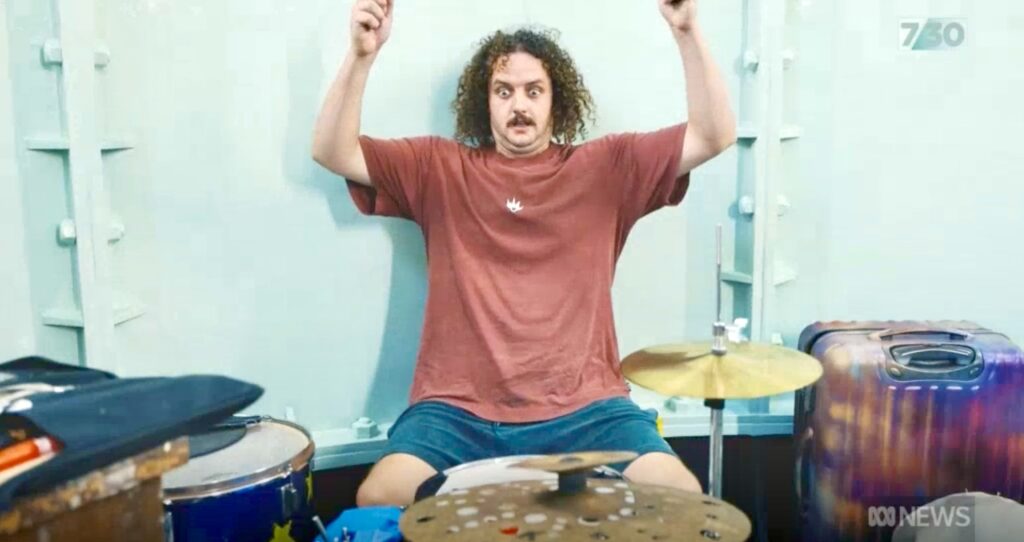
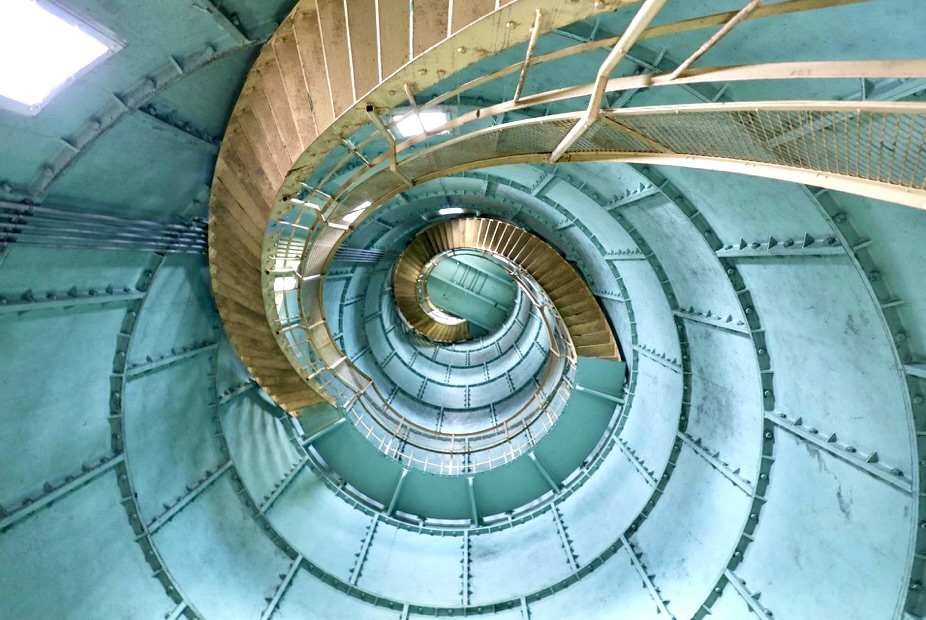
I’d originally planned to get Max reshod in Perth but noticed one of his back tyres was the worse for wear after his ordeals up north. Fortunately Vic, the local Tyre Power guy, had the right rubber and arranged an overdue service and he was raring to go, a day later but in much better shape than before.
The coast road from Geraldton to Perth is called the Indian Ocean Drive and it passes by a number of coastal towns including Cervantes and Lancelin. I’m not sure why or what I was expecting but I didn’t find it, maybe it was something about the names or the expectation of a more interesting coast but they are both pretty basic cray fishing towns that seem to have become a mecca for Chinese tourists who are prepared to pay more for a lobster meal in these backwaters than they would in an upmarket restaurant in Sydney or Perth or maybe even Shanghai. I’m sure the lobsters were great but seriously would you drive 5 hours and pay $ 180 to eat a local crustacean that until fairly recently were regarded as the cockroaches of the sea?
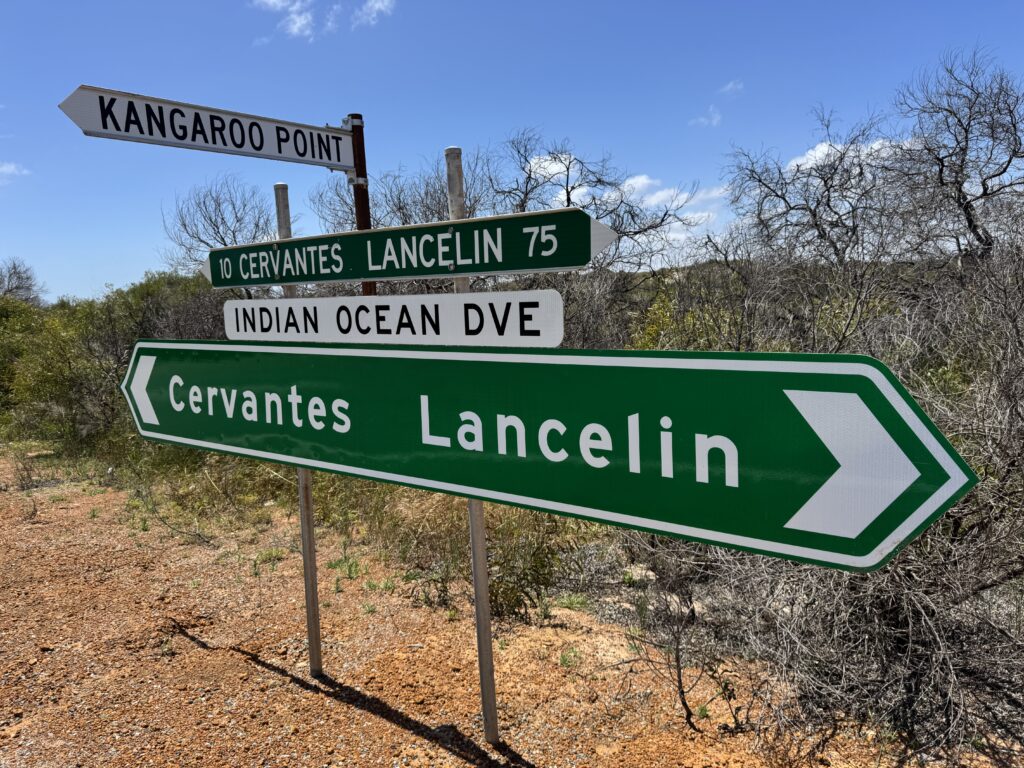
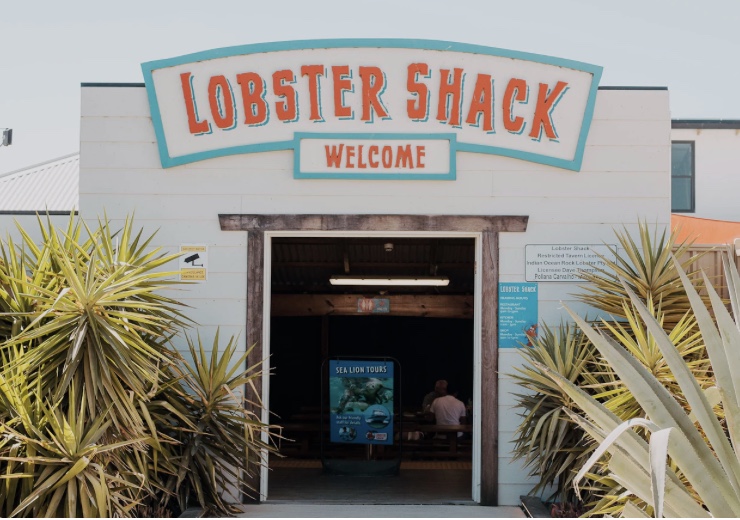
Further along the coast I passed by the unwelcoming hamlets of Horrocks, Dynamite Bay and Wedge Island which give you the impression that this stretch of coast is for locals only and visitors aren’t welcome and in the case of Wedge Island actually barred from entering!

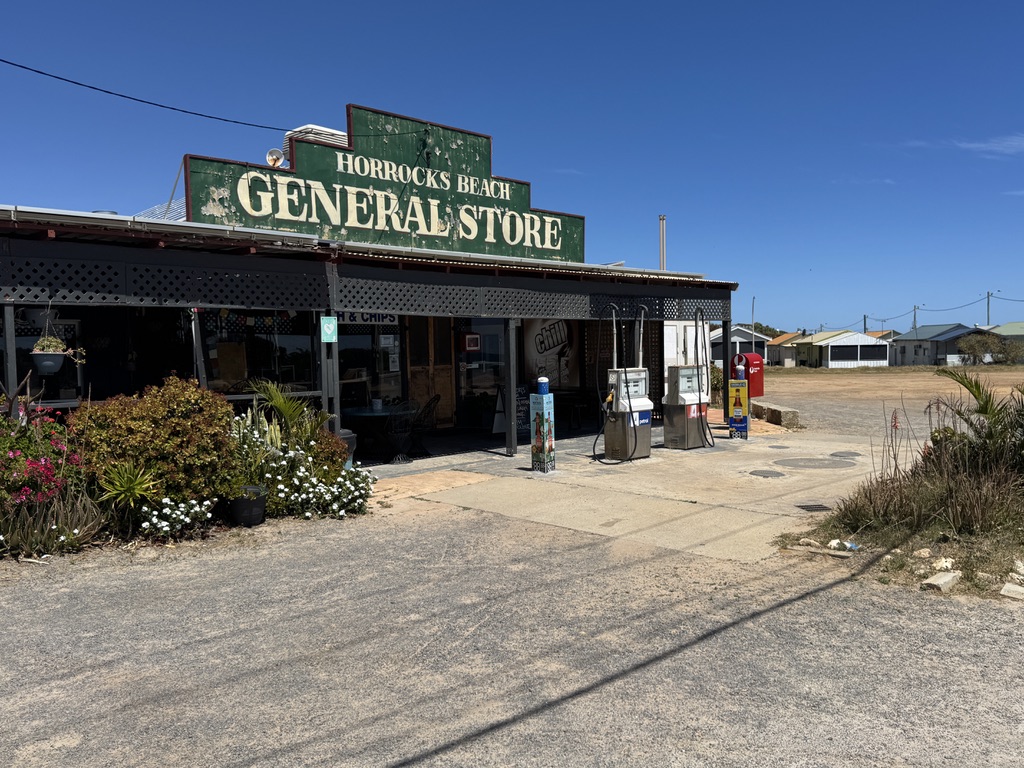
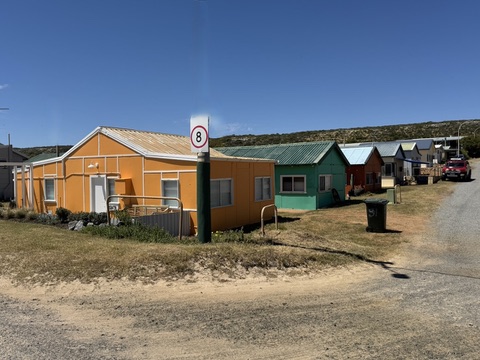
One of the few redeeming features of this part of WA was The Pinnacles, a strange desert full naturally occurring standing stones, larger and more impressive than I was expecting, even more so when I discovered that you actually drive through them!
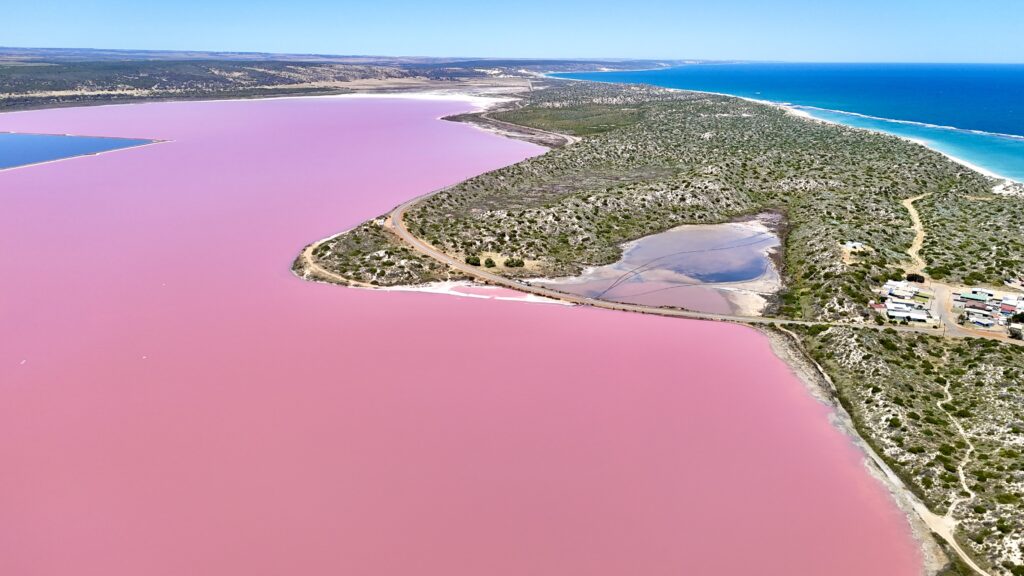
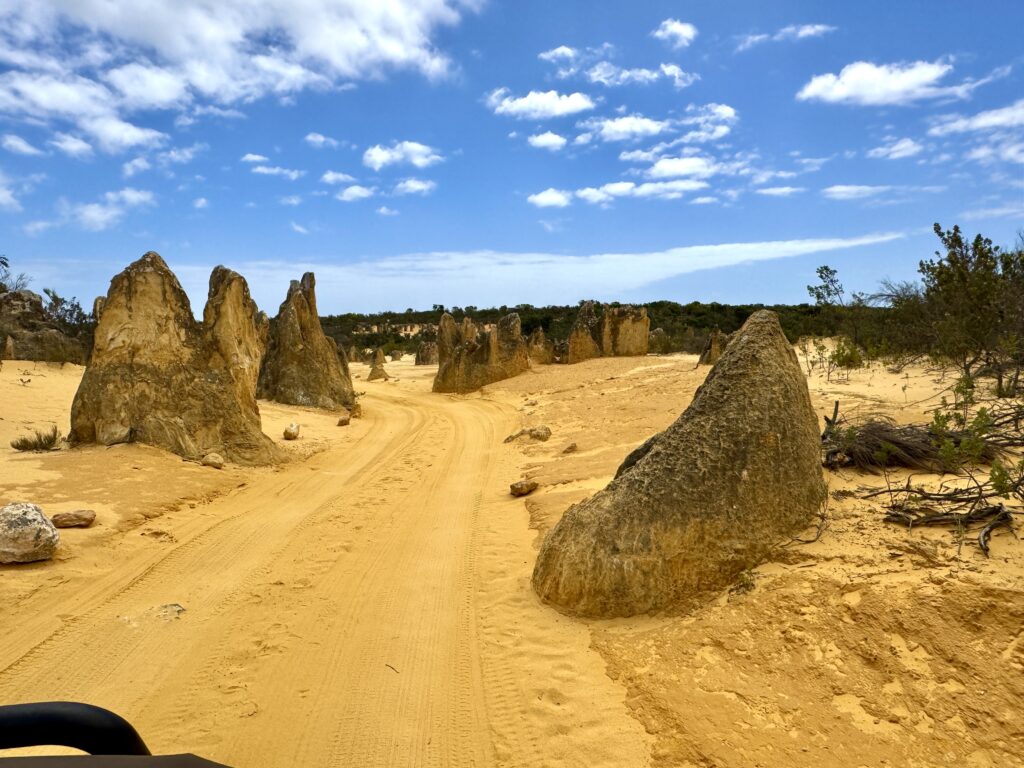
I had one more lighthouse to visit before I arrived in Perth and it turned out to be an interesting one, the last and newest lighthouse in WA and a twin sister to the Troubridge Hill lighthouse on the Yorke Peninsular in SA. Located in the shire of Gingin on the outskirts Guilderton which, until 1951 was known as Gabbadah it decided to change its name due to the fact that 40 silver guilder coins were found in the local sandhills in 1931 which were assumed to be from the Dutch ship Vergulde Draeck (Gilt Dragon) which disappeared with all hands near Ledge Point in 1656. The fate of the ship and her crew remain unknown with the coins the hint of what might have happened, it’s a pity the lighthouse wasn’t there 400 years ago, there might have been a happier outcome.

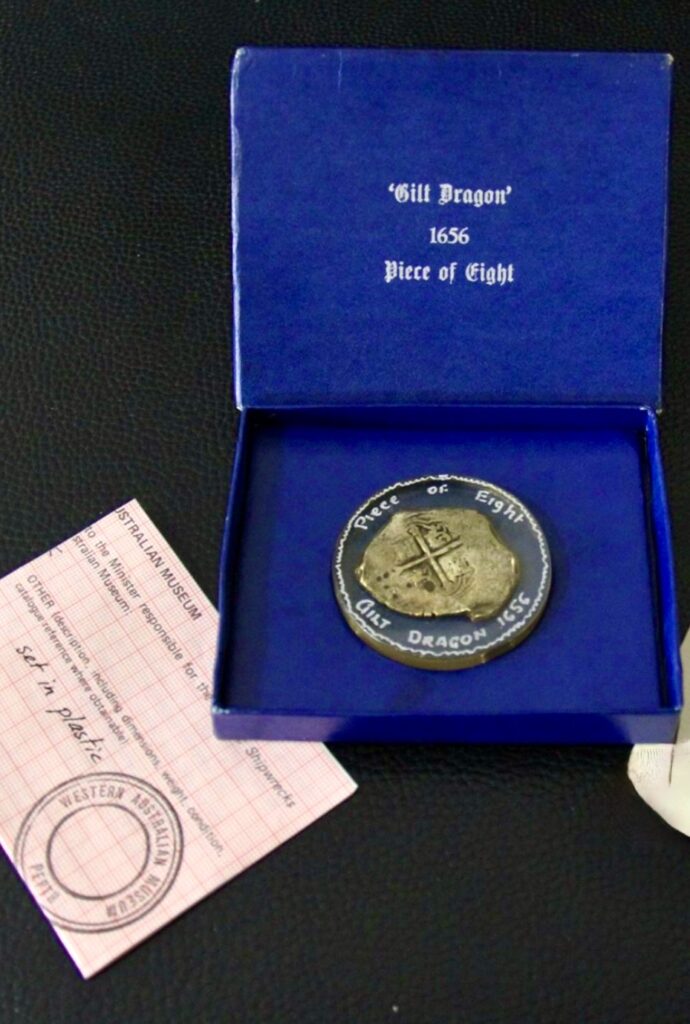
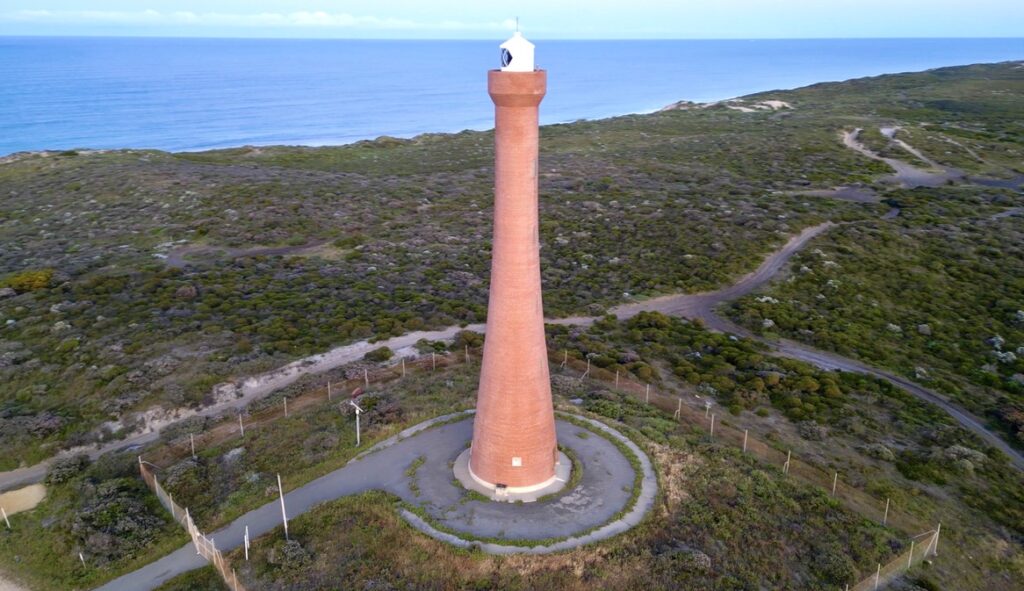
Not far south of Guilderton all of a sudden I found myself of a multi-lane freeway in the northern suburbs of Perth but still about 40 kms from the city centre! I hadn’t been to Perth for over 15 years and it’s obviously grown a lot since then, especially along the north south axis – creeping brick venereal disease is not limited to the east coast it seems! However, once I got to more familiar territory I remembered why I’d like Perth so much on past visits, from the rarefied air of Cottesloe and Claremont to more hip and happening parts of Fremantle and Subiaco Perth has . In these parts it has a relaxed feel and everyone seems to greet you with a smile and have time for a chat. Architecturally it seems to have a good balance between the grand old limestone dames and more modern masterpieces that reflect the lifestyle and blend seamlessly into the urban landscape. Clearly the benefits of the ongoing mining boom have landed around here and the whole place smells money, but in a nicer and more open way than similarly affluent suburbs on the east coast. I do get the sense however, that Perth, and WA more generally has a boom and bust economy and wonder what will happen when their Chinese Godmother turns her attention elsewhere?

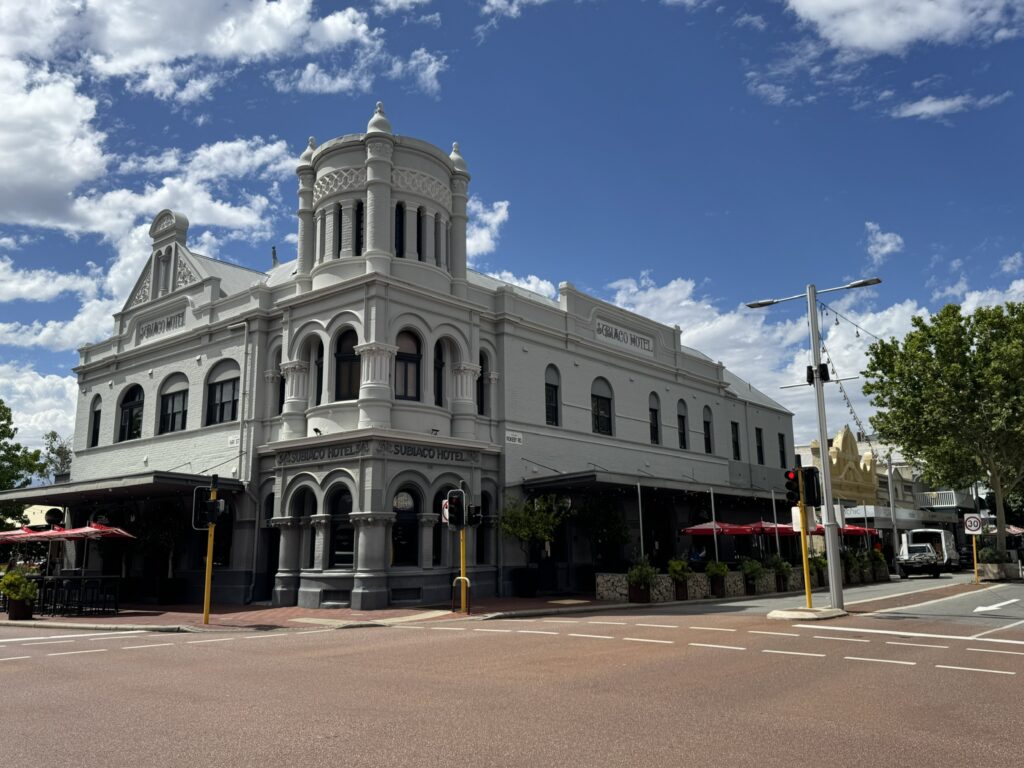

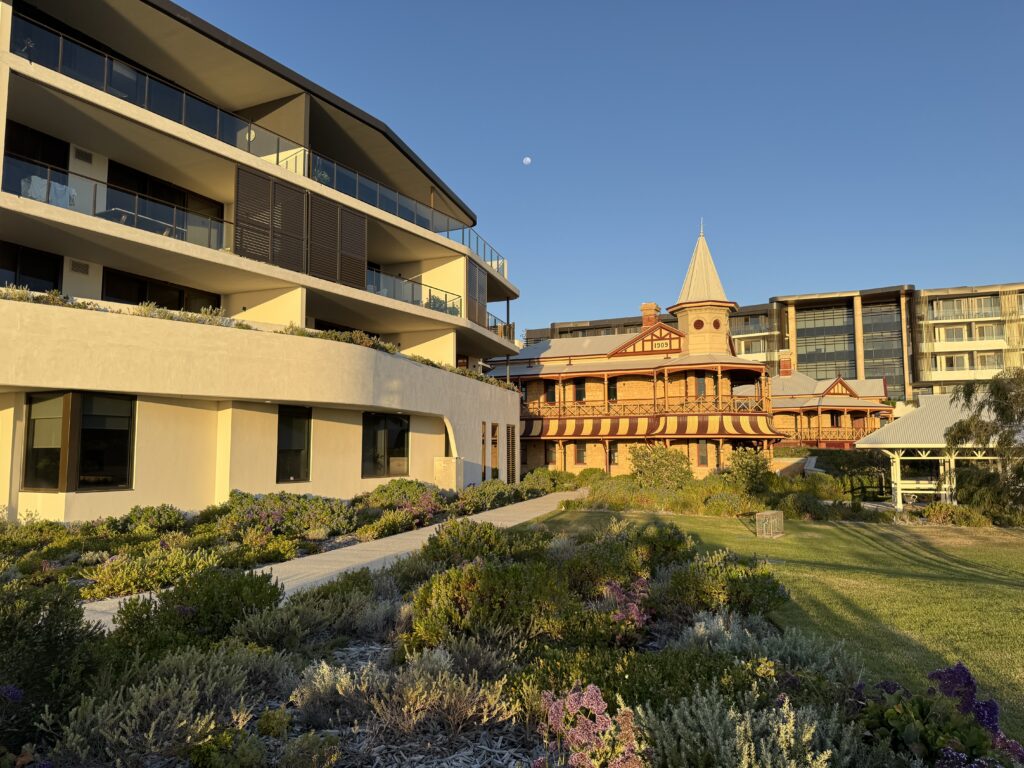

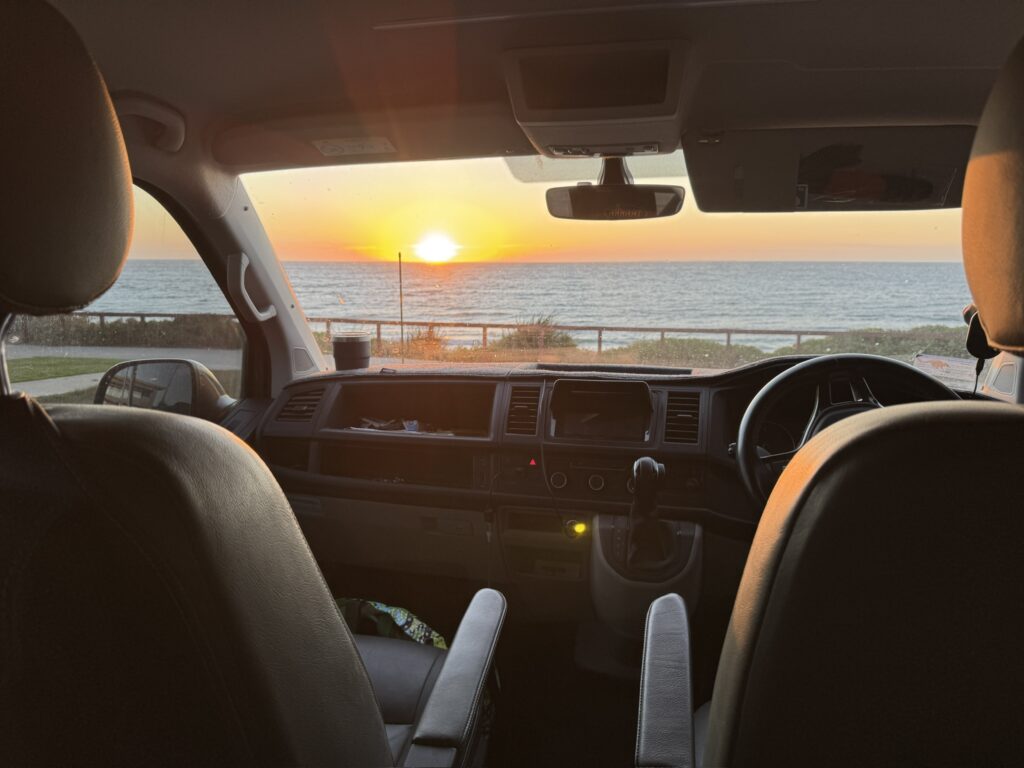

Speaking of boom and bust I visited the Shipwrecks Museum in Fremantle which I found to be more interesting than the higher profile WA Maritime Museum whose raison d’etre still seems to be the 1984 Americas Cup triumph, the boxing Kangaroos and curiously enough a fully equipped Holden HQ “shaggin waggin”, defect notice and all!

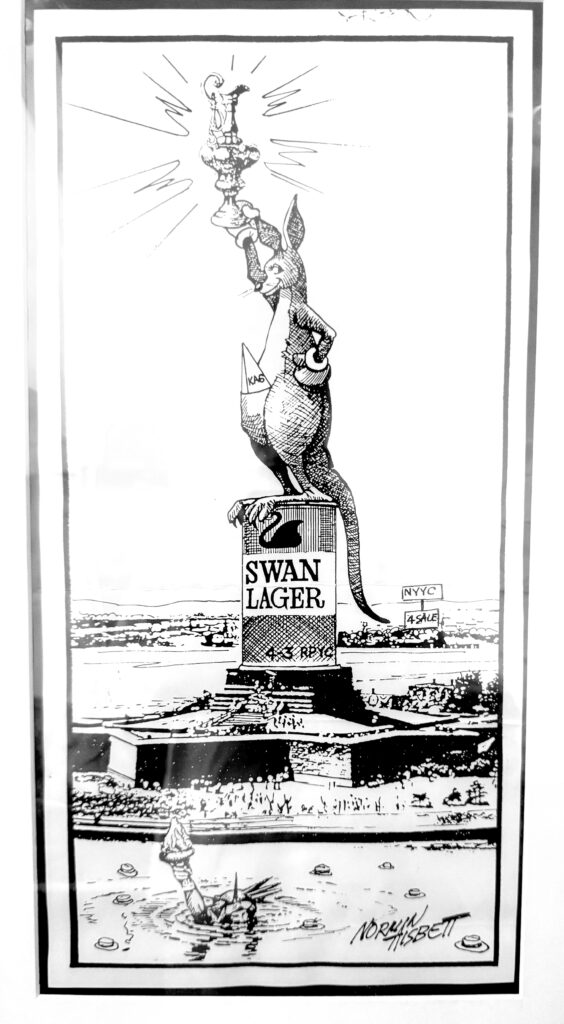


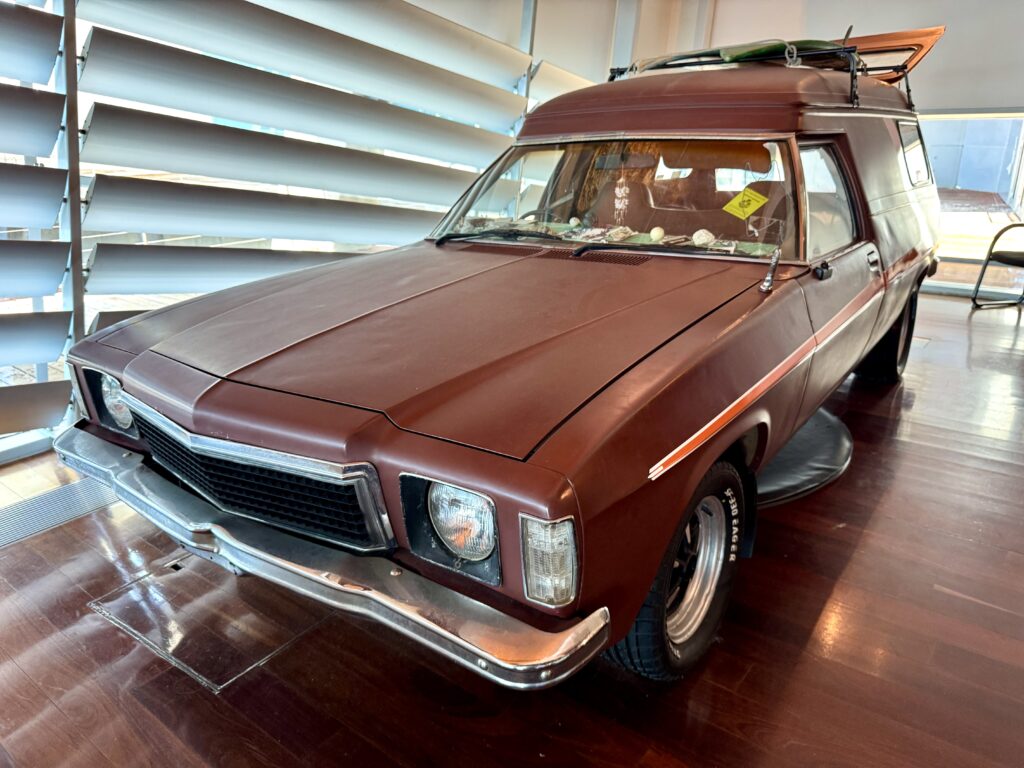
The feature exhibit at the Shipwreck Museum is a reconstructed section of the infamous Batavia and details and relics from three other VOC ships wrecked along the WA coast long before Captain Cook “discovered” the east coast. The know shipwrecks include the Batavia (in 1629 on the Houtman Abrolhos Islands), the Vergulde Draeck “Gilt Dragon” (in 1656 at Ledge Point), the Zuytdorp (in 1712 near Kalbarri) and Zeewijk (in 1727 also on the Abrolhos), but many other ships simply disappeared in the Indian Ocean and there remain many dark mysteries surrounding these wrecks. Of equal interest to the shipwrecks was what I learnt about the VOC, Verenigde Oostindische Compagnie, or as we know it the Dutch East India Company. In addition to monopolising the spice trade the VOC was heavily involved in the slave trade and acted as a semi-government authority being able to raise armies, build forts and enter into treaties (which were invariably one sided). The VOC was the precedent for publicly traded companies and incredibly had a peak valuation estimated at the equivalent to USD $ 7.9 – 10 Trillion in today’s money, a higher valuation that the two most valuable companies in the World today combined (i.e. Nvidia and Apple). However, like most things the party, or exploitation as the case may be, couldn’t last forever and the VOC went bankrupt in 1799! A cautionary tale perhaps…
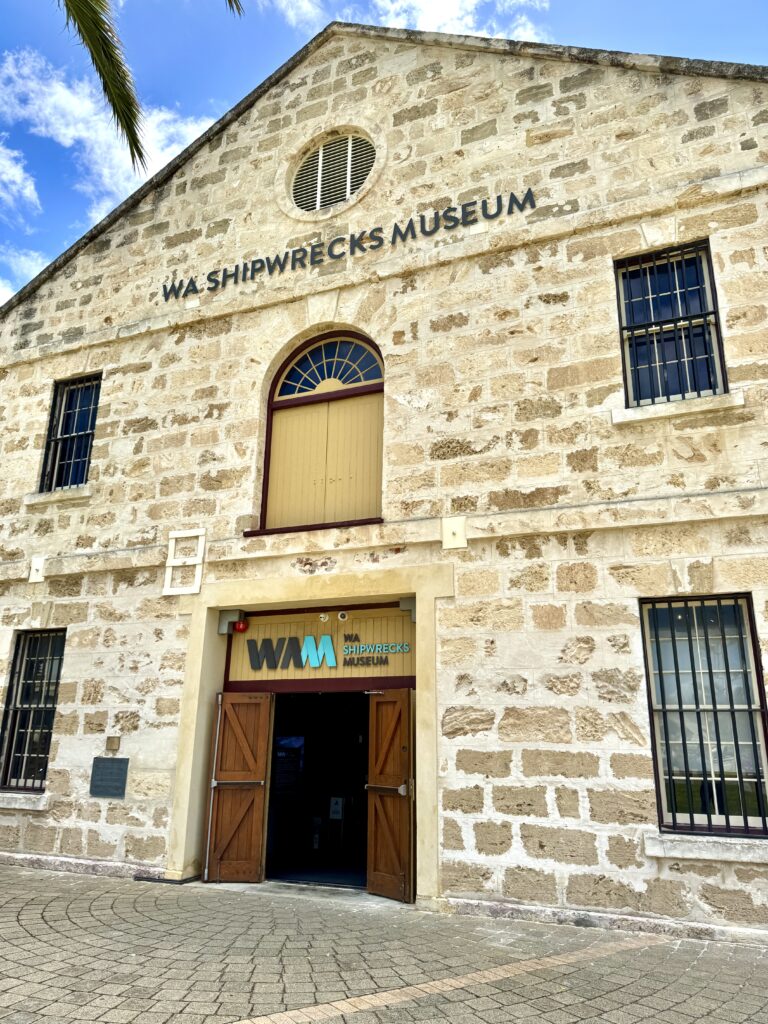


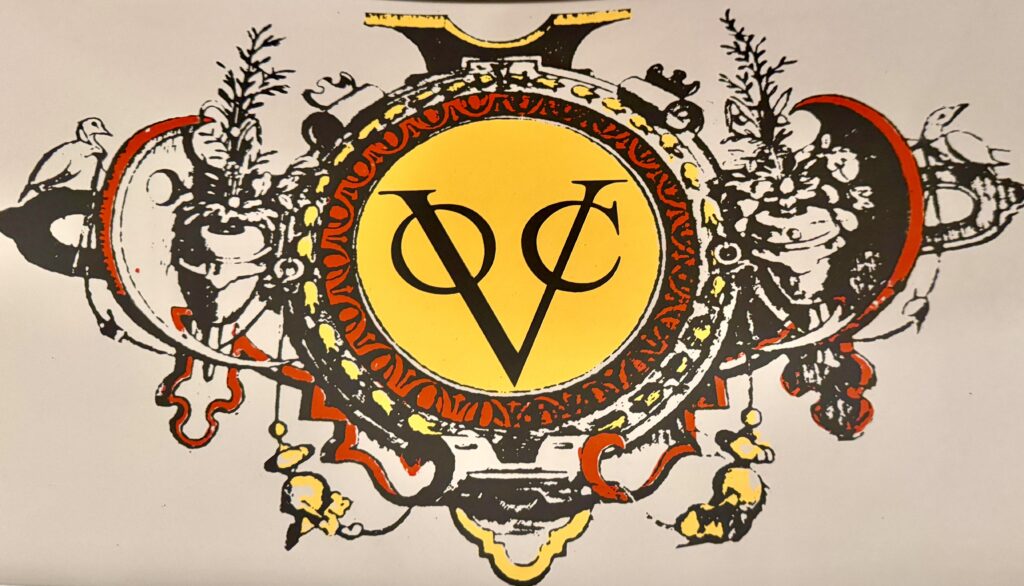
While here I’ve managed to catch up with some old friends from Hong Kong and Sydney and enjoy sampling the unique lifestyle, it’s not perfect but it’s pretty good! I also found it ironic that Perth claims to be the most isolated capital city in the World and yet it’s 4 hours closer to Asia, Africa and Europe than the east coast and a non-stop flight away from London.
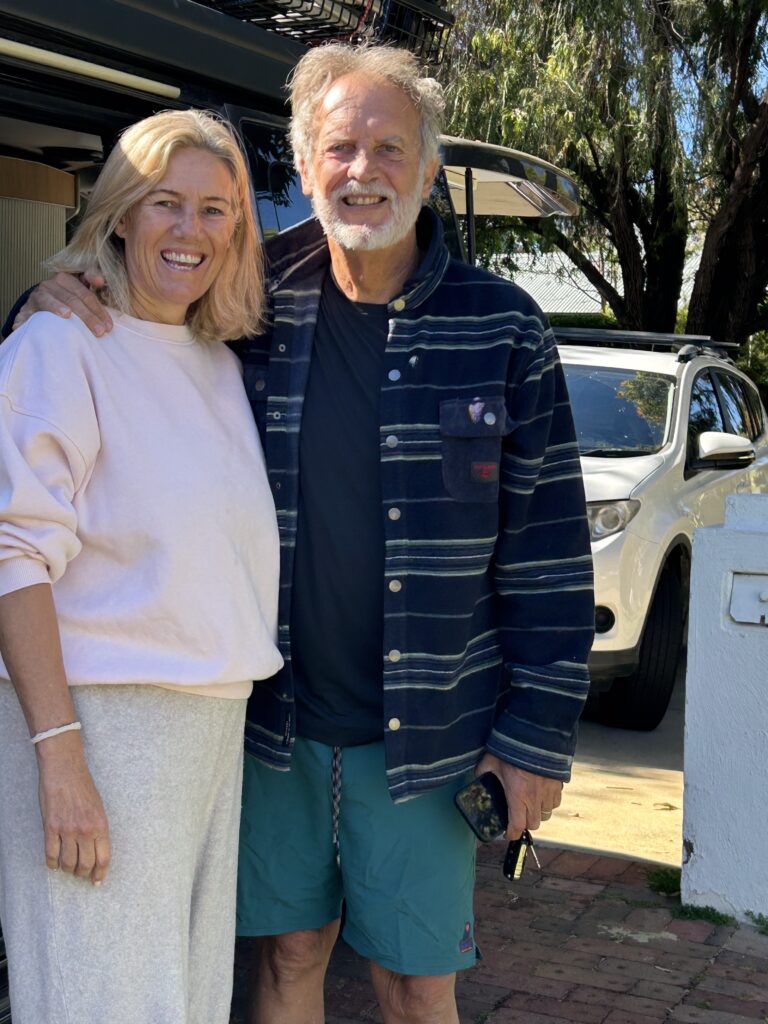

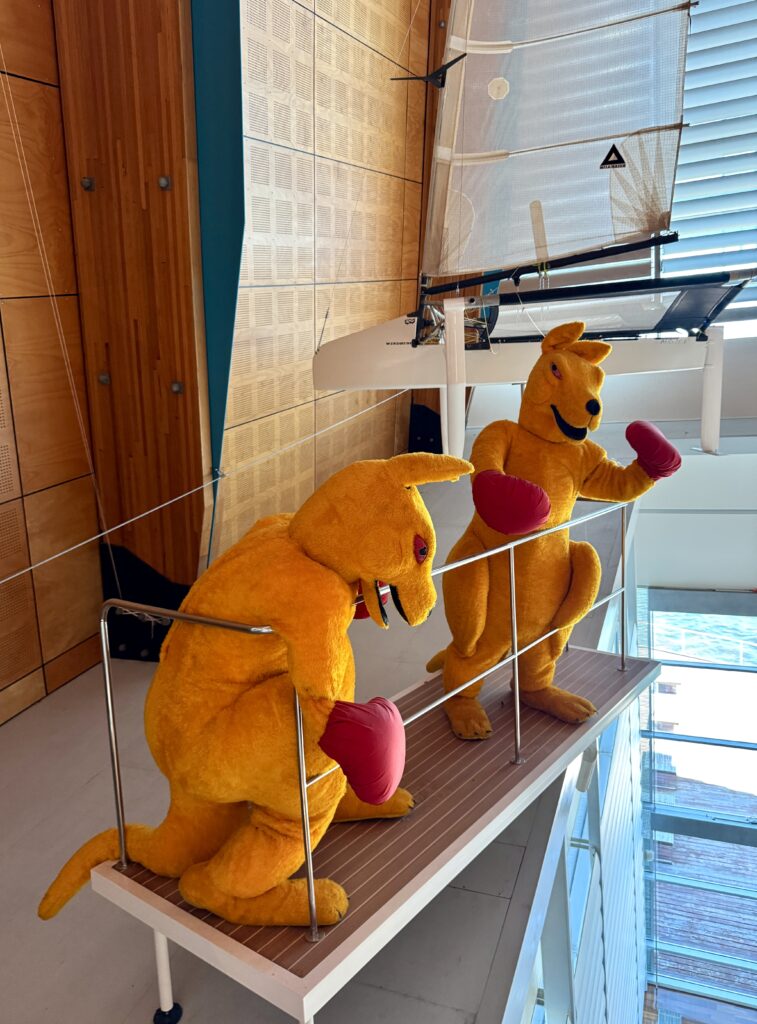
So I’ve made it this far and still have a long way to go but the homeward journey will be very different, stay tuned and find out why!
p.s. For those of you who don’t know SXSW stands for South by South West which is not only my general direction of travel on this leg but also a series of conferences and festivals to celebrate the convergence of tech, film, music, education and culture and is dedicated to helping creative people achieve their goals. Founded in 1987 in Austin, Texas, it has now sporned a number of offshoots around the World including London and Sydney.

